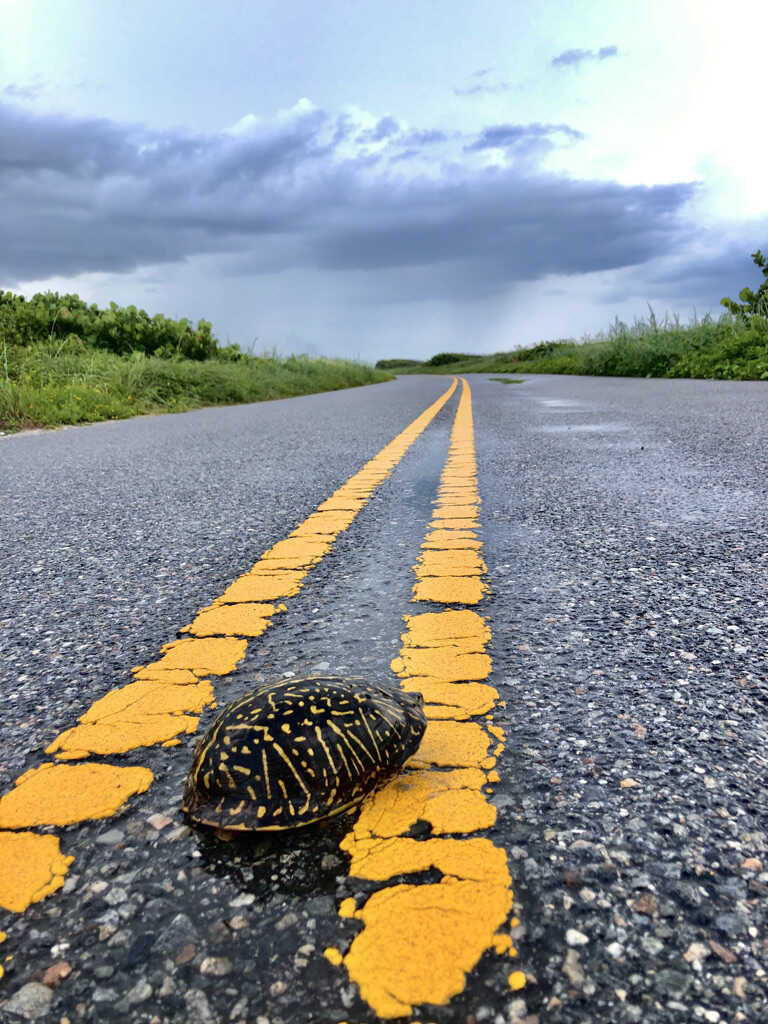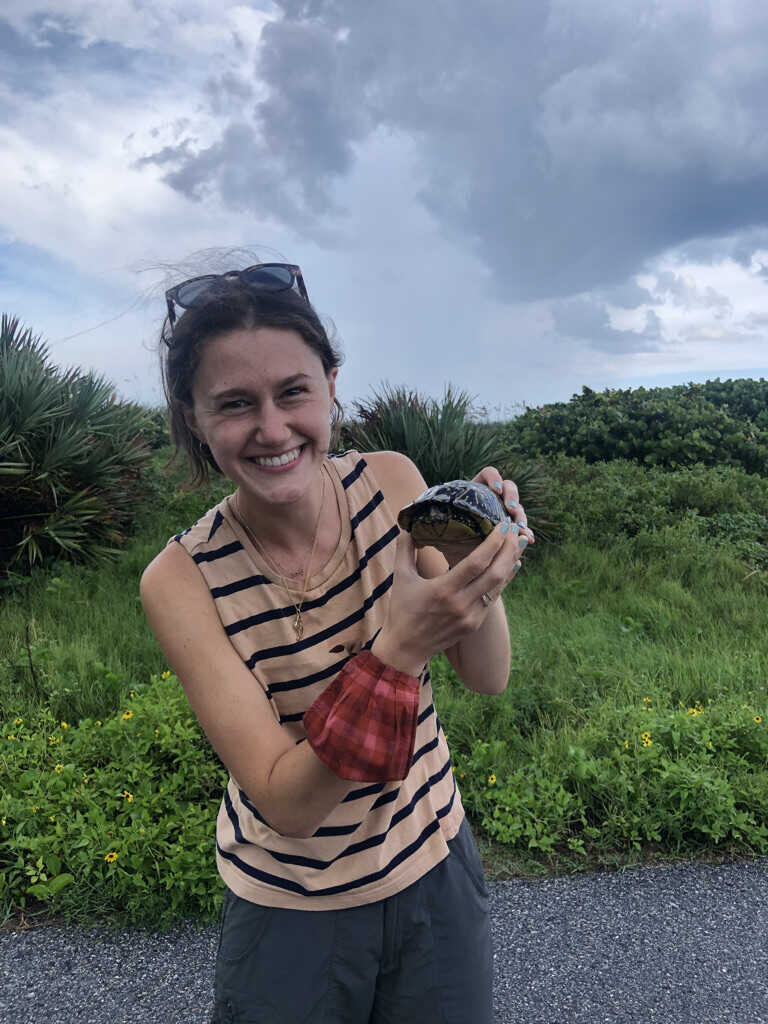FLORIDA WILDLIFE CORRIDOR ACT
Recently, Florida made history by passing an environmental bill with unanimous bipartisan support that recognizes the significance of a united Florida wildlife corridor, but the bill is not just lip service - it comes with $300 million to protect the state's natural areas and resources. WildLandscapes welcomes this news and looks forward to continuing to play an important role in the protection of Florida’s wildlife corridor, as our large land conservation projects are located throughout the state's connected ecological networks.
LAND CONSERVATION IN FLORIDA
While we are already working on large land conservation projects in Florida, we are in the process of expanding our work throughout other regions in the state and it's with these projects in mind that our team toured the corridor throughout Florida earlier this month. At the same time, we held meetings with stakeholders to better understand how we can effectively accomplish even more in the state. As these projects unfold, we’re eager to share with you what we’ve been working on! In the meantime, we want to share some scenes from our recent tour, in the hopes they will inspire you as they did for us. If we have our way, Floridians will be able to enjoy these scenes in person forever.
MARINE MAMMAL WATCHING - MERRITT ISLAND NATIONAL WILDLIFE REFUGE
Our trip began on the boat ramp of Merritt Island National Wildlife Refuge (NWR) where we knew manatees could reliably be spotted year-round. And bonus -- there were dolphins too! Merritt Island NWR is made up of coastal dunes, saltwater marshes, freshwater impoundments, scrub, pine flatwoods, and hardwood hammocks that provide habitat for more endangered and threatened species than found anywhere else within the National Wildlife Refuge system -- manatees and dolphins included. We toured the 7-mile Black Point Wildlife Drive that led us through shallow impoundments where we were greeted by countless waterfowl of many species, and a full rainbow over a sea of lime green, the view pierced by the calls of common gallinule chicks looking for their mothers.

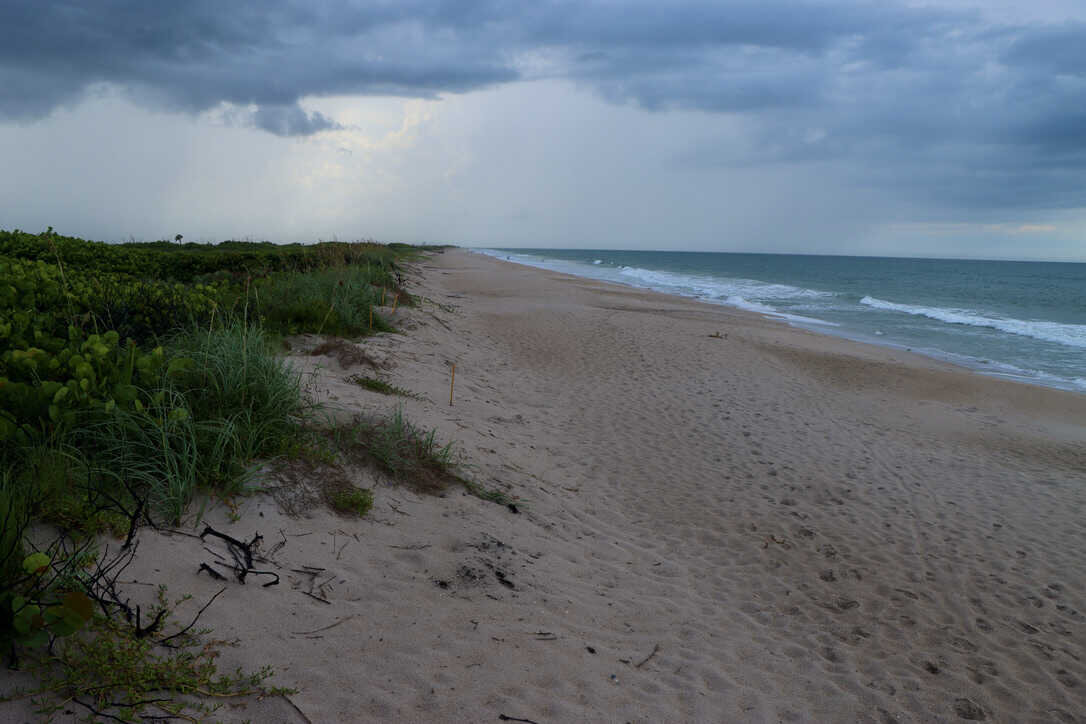
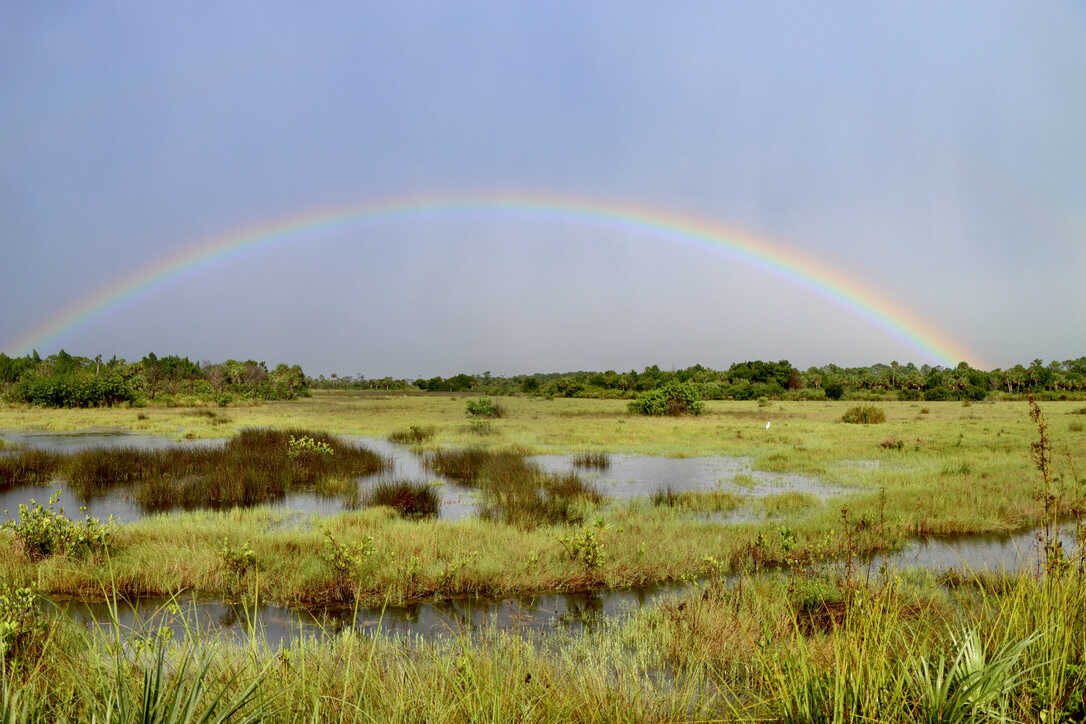

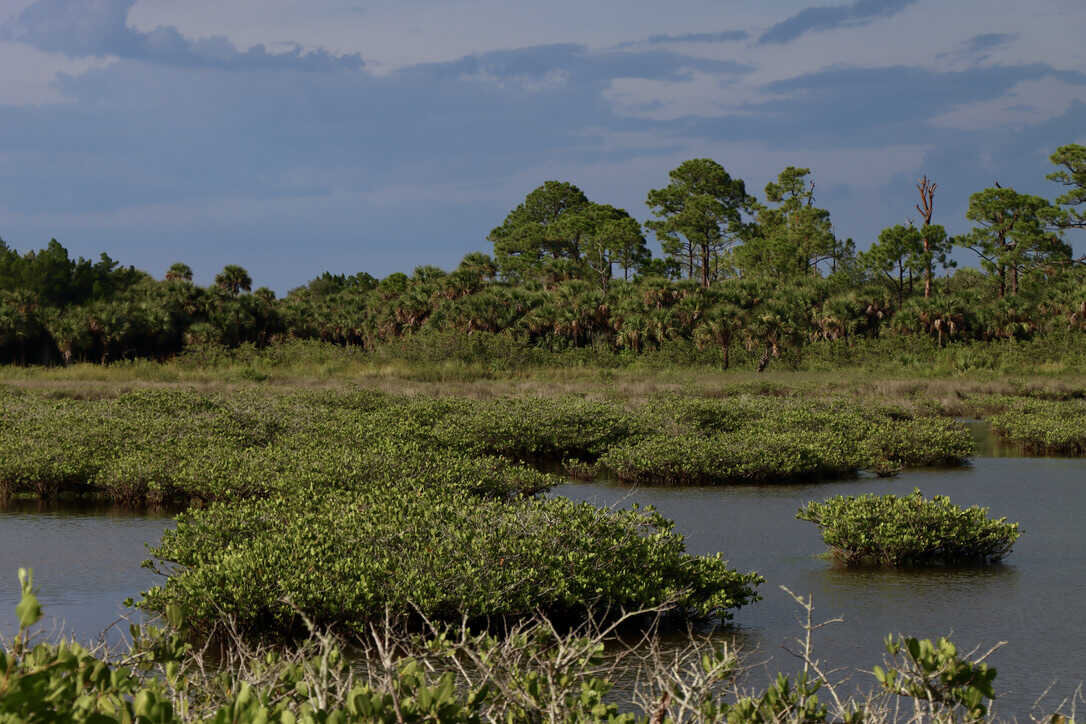
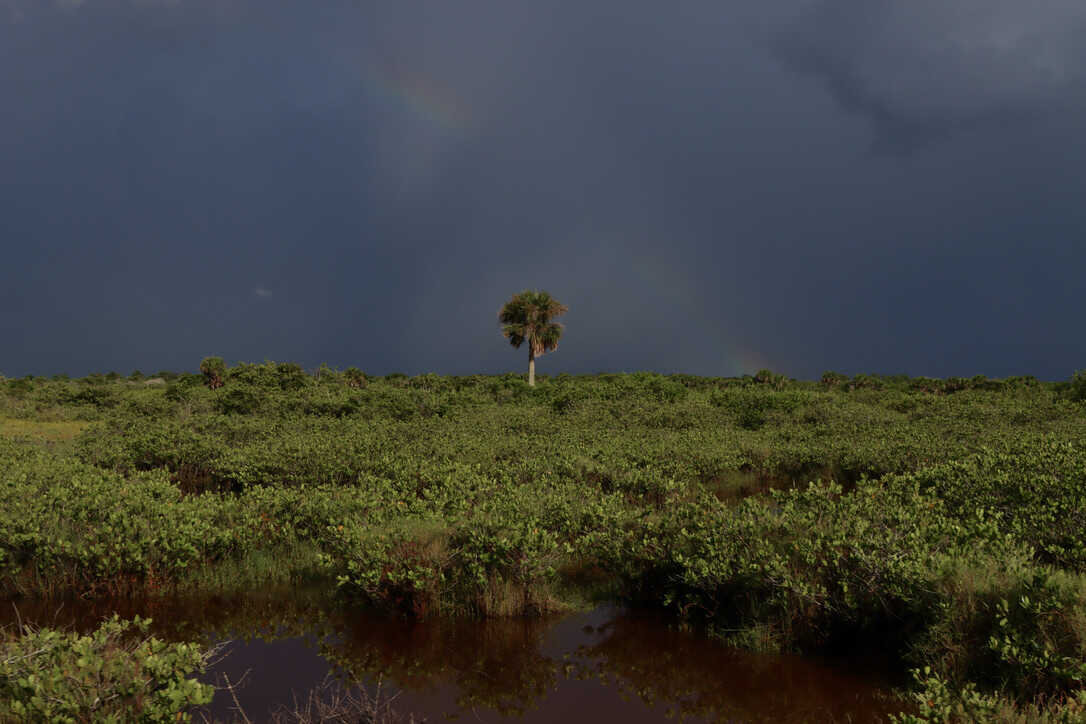
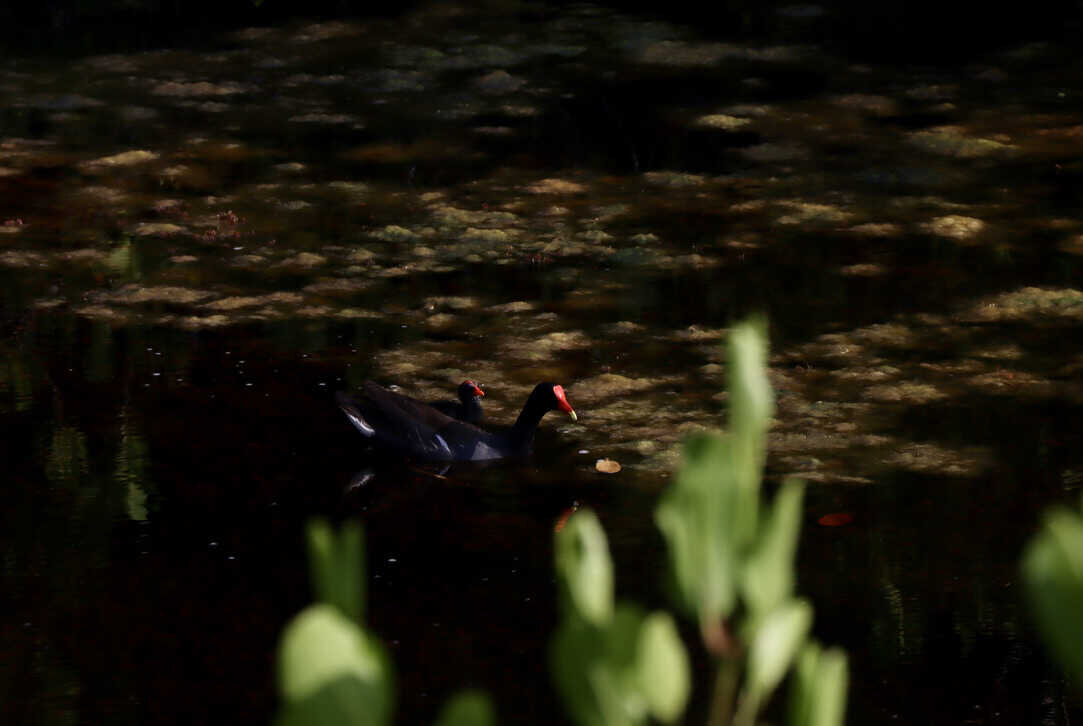
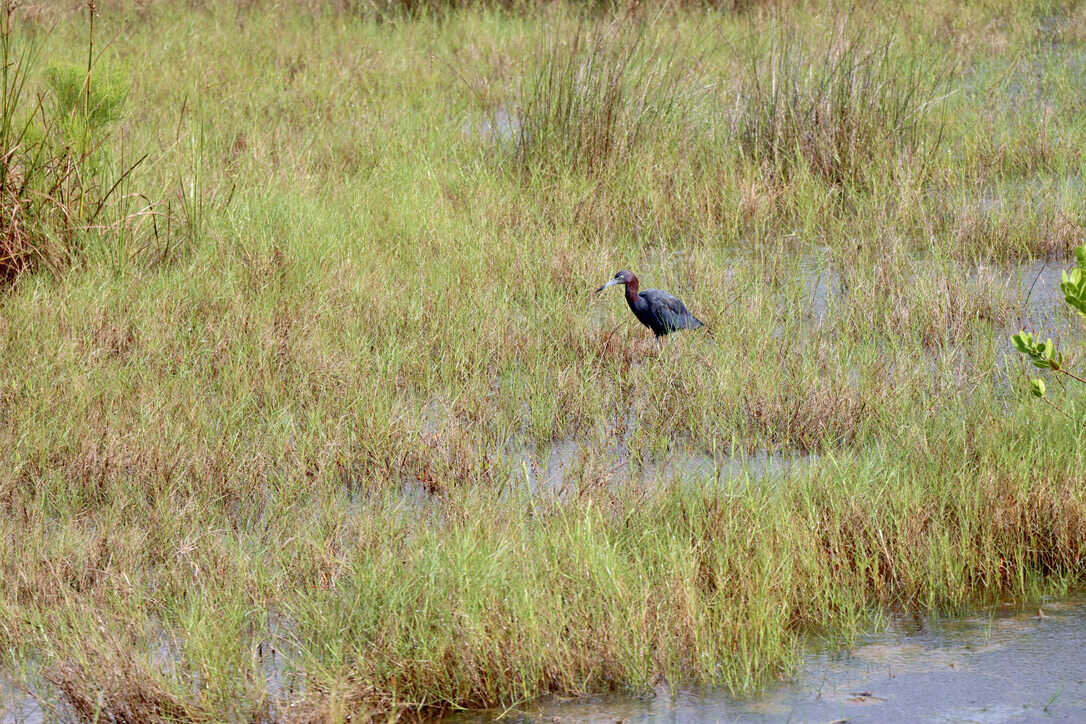
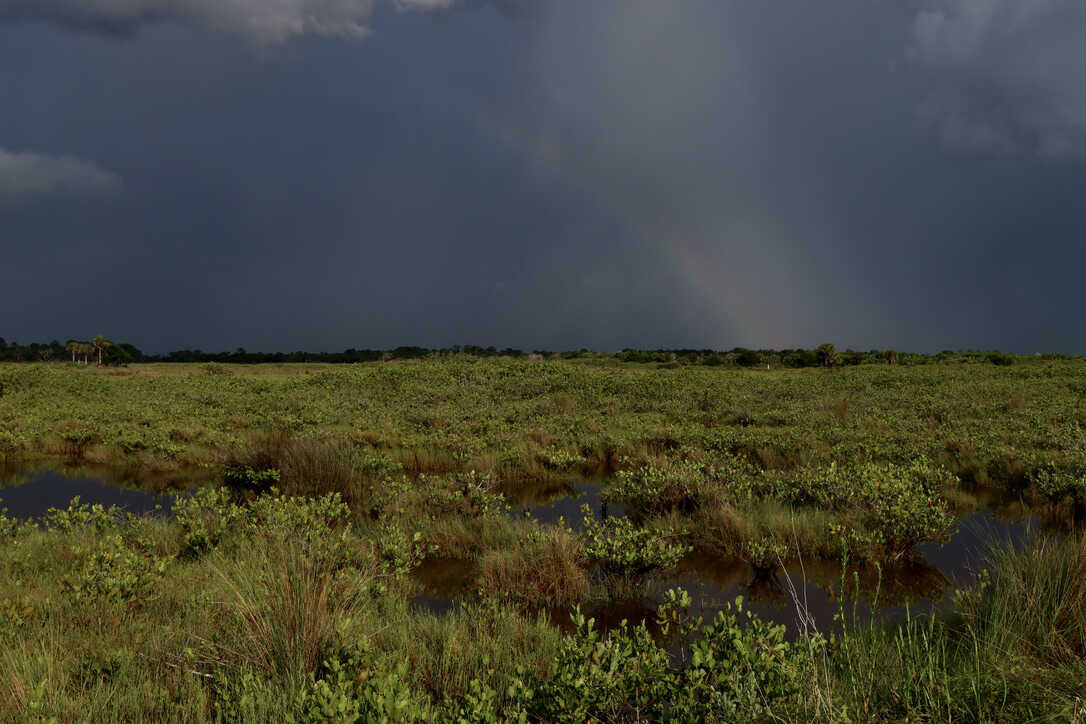
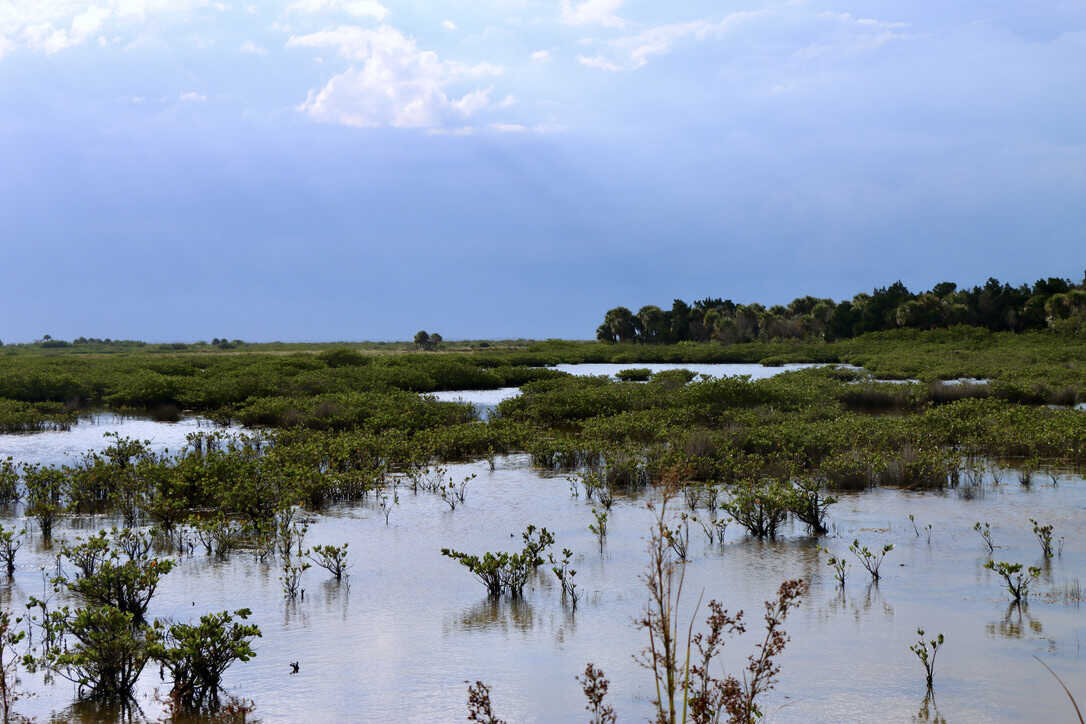
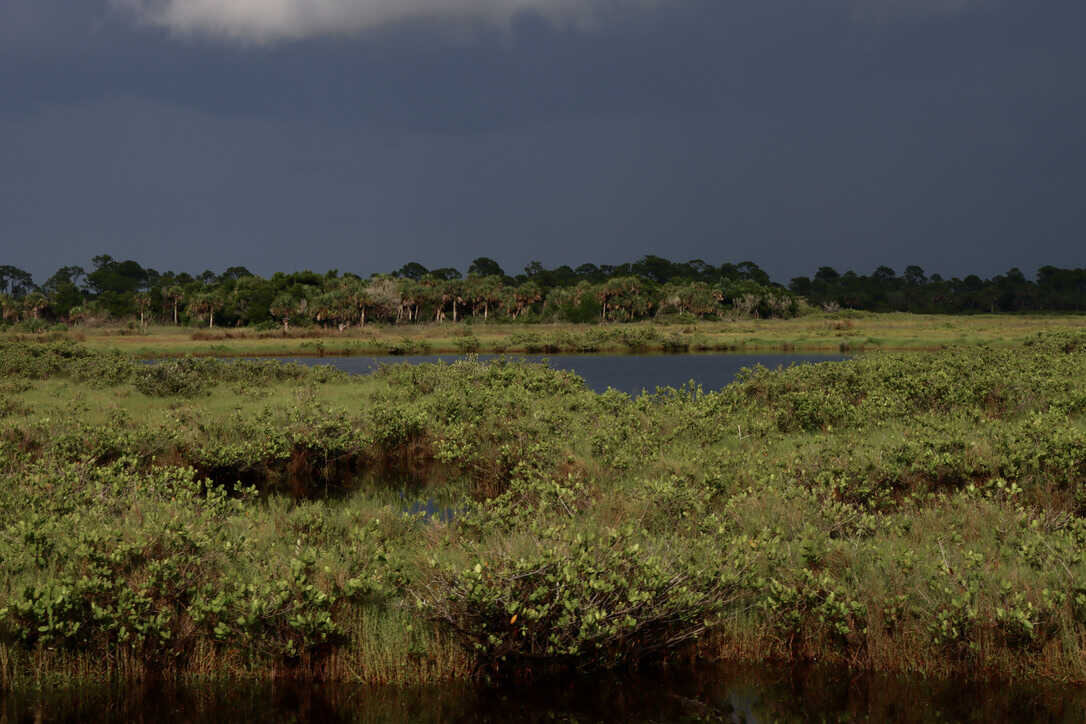
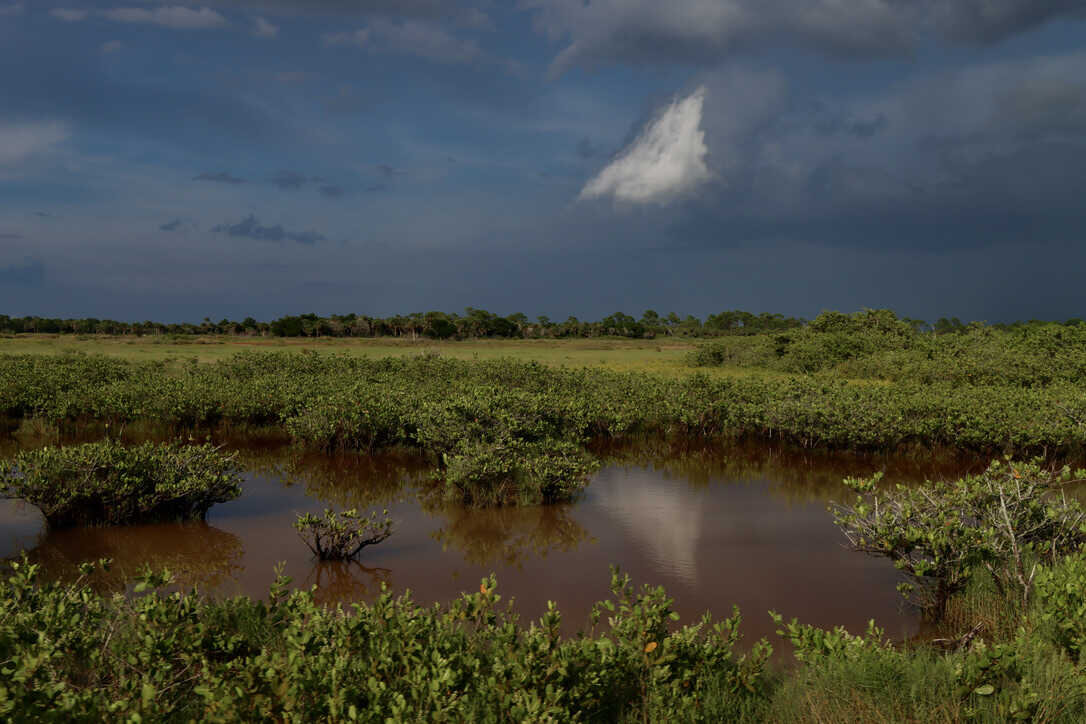
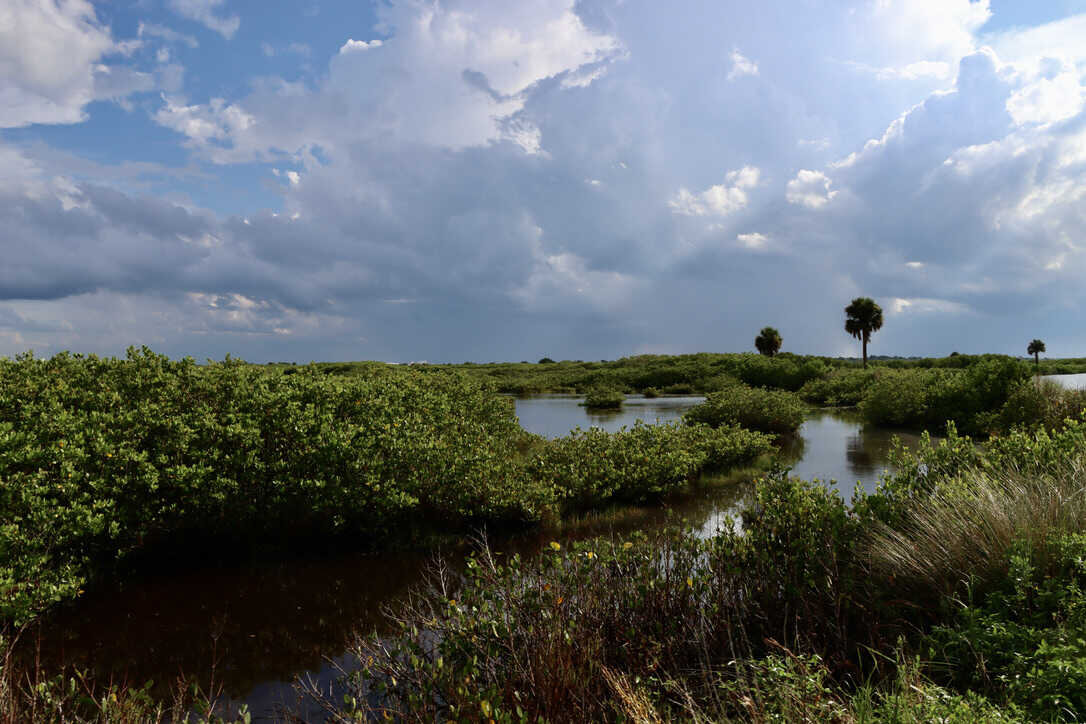
HISTORY AND MIGRATORY BIRDS - DELEON SPRINGS STATE PARK AND LAKE WOODRUFF NATIONAL WILDLIFE REFUGE
Our next stop was DeLeon Springs State Park where I was overwhelmed with its fascinating history dating back over 6,000 years. As I walked around the park, I imagined its original inhabitants, the Mayacans, harvesting shellfish from the crystal clear springs and carving canoes from cypress trees. Lake Woodruff NWR, just five minutes south of DeLeon Springs State Park, is made up of miles of man-made dykes that are meant to serve as a migratory bird refuge, attracting waterfowl year-round. Here, the swamp rose mallows were blooming and the turtles seemed to be on a mission, as they were especially conspicuous and active that day.
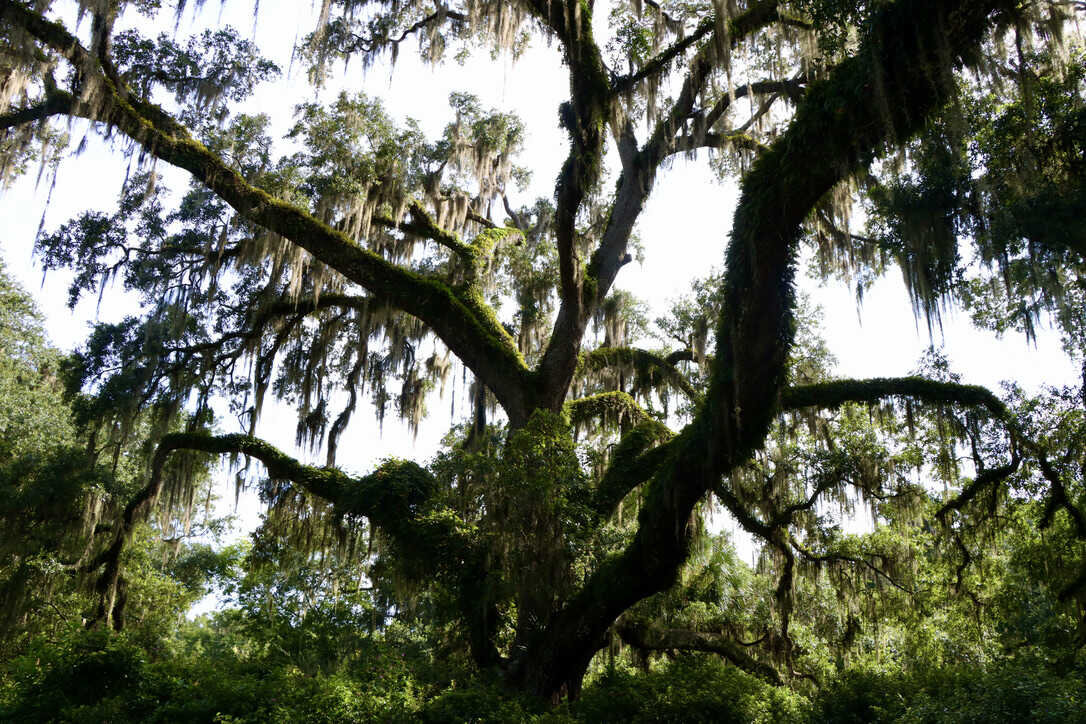
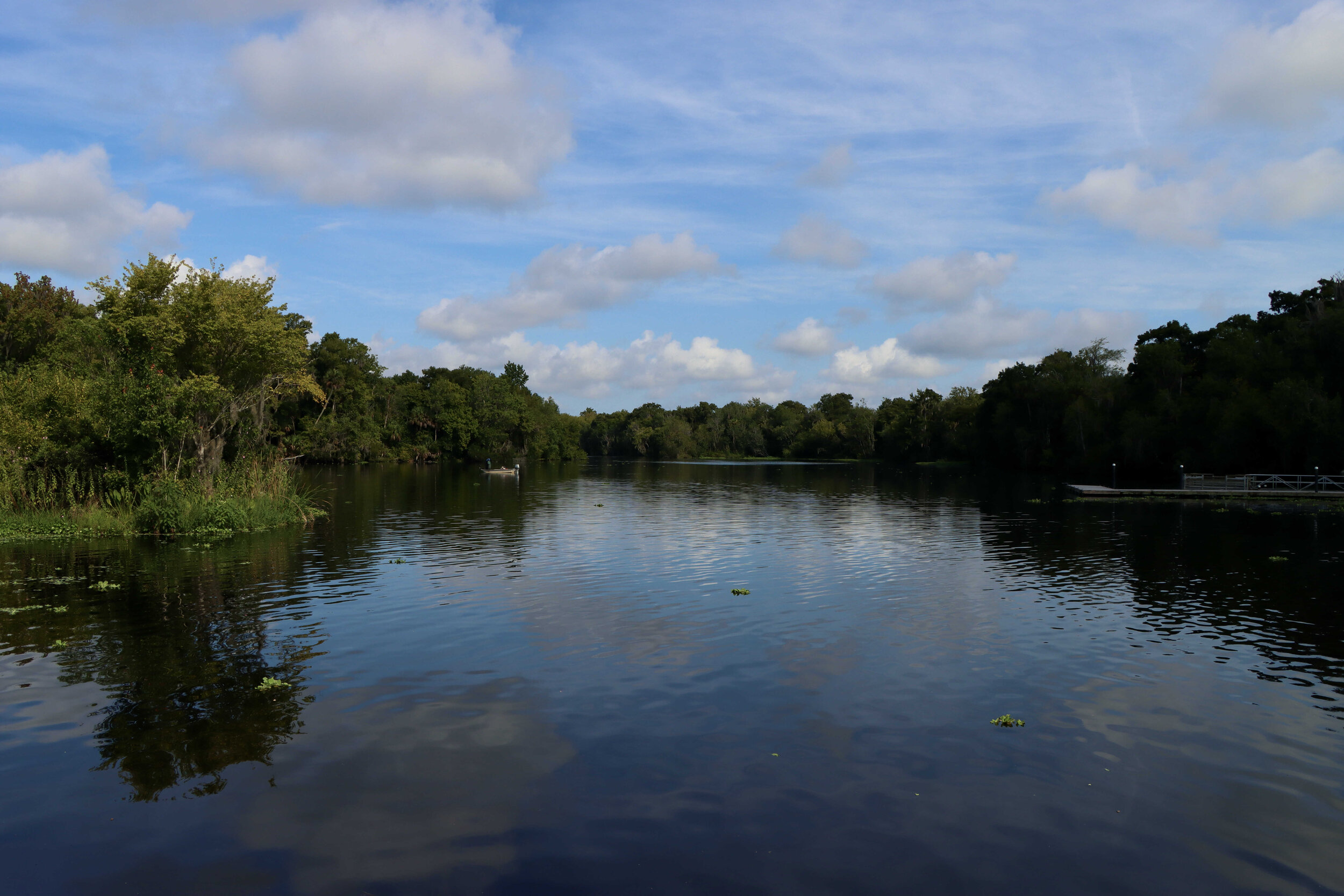
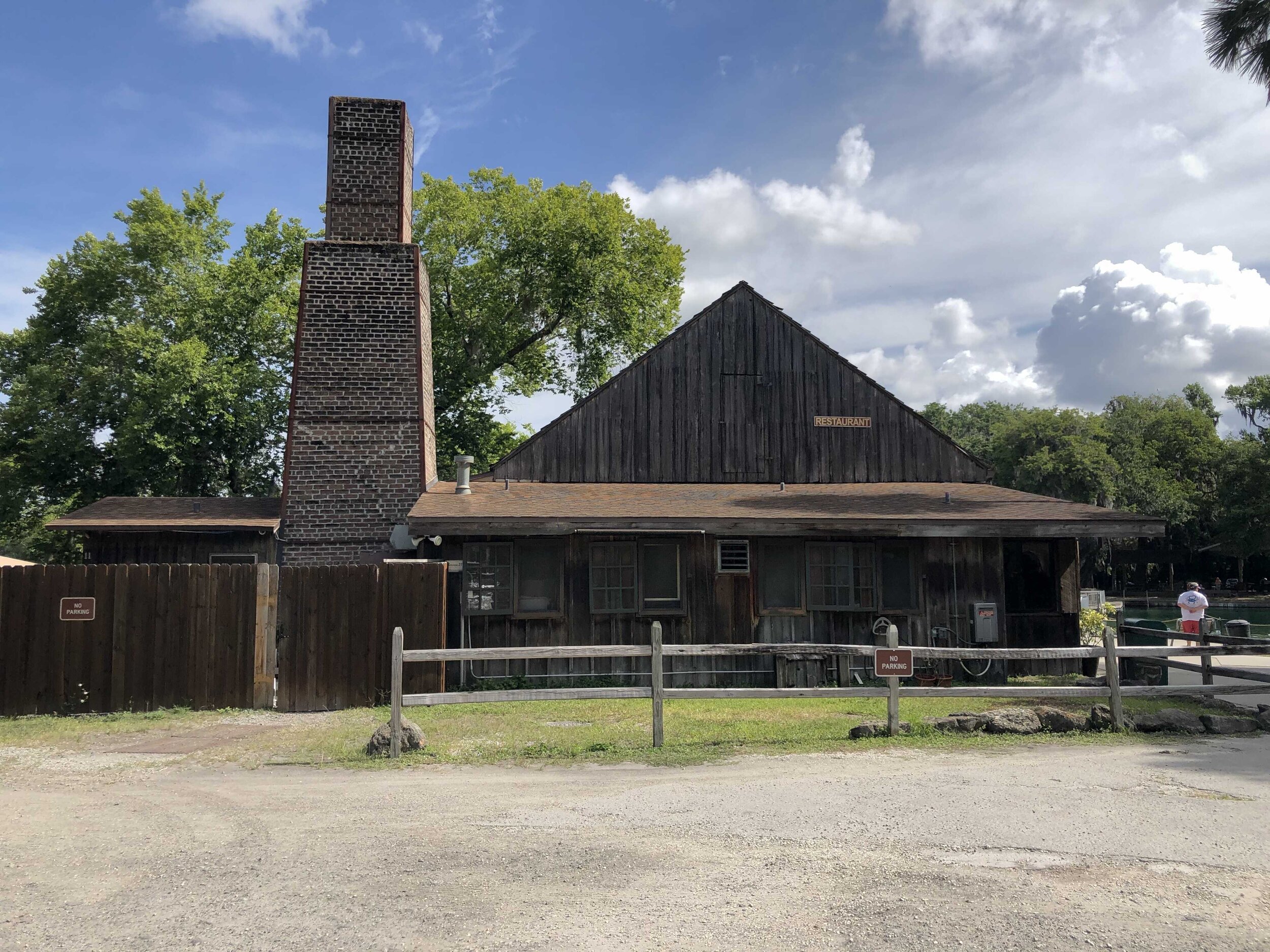
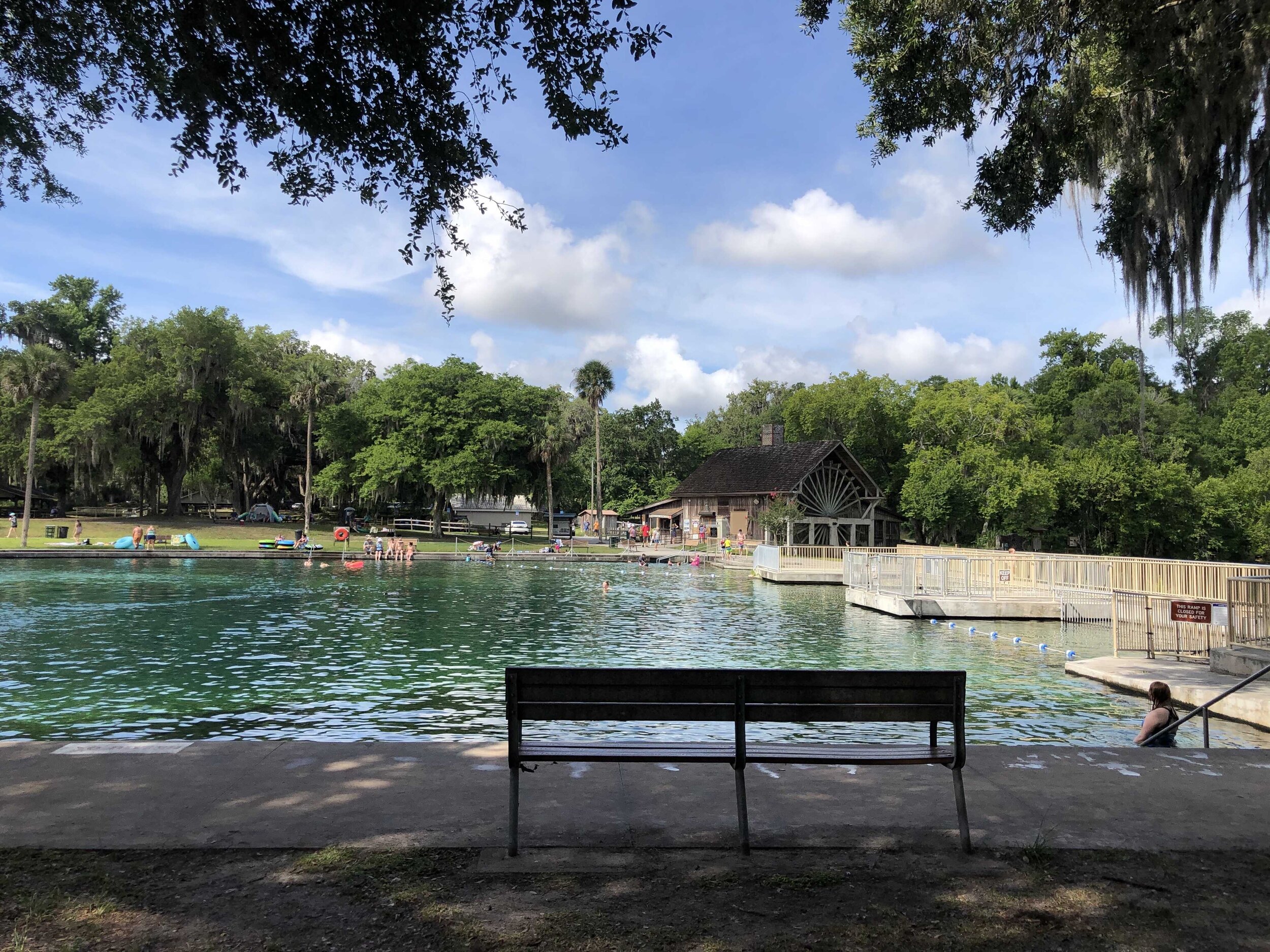
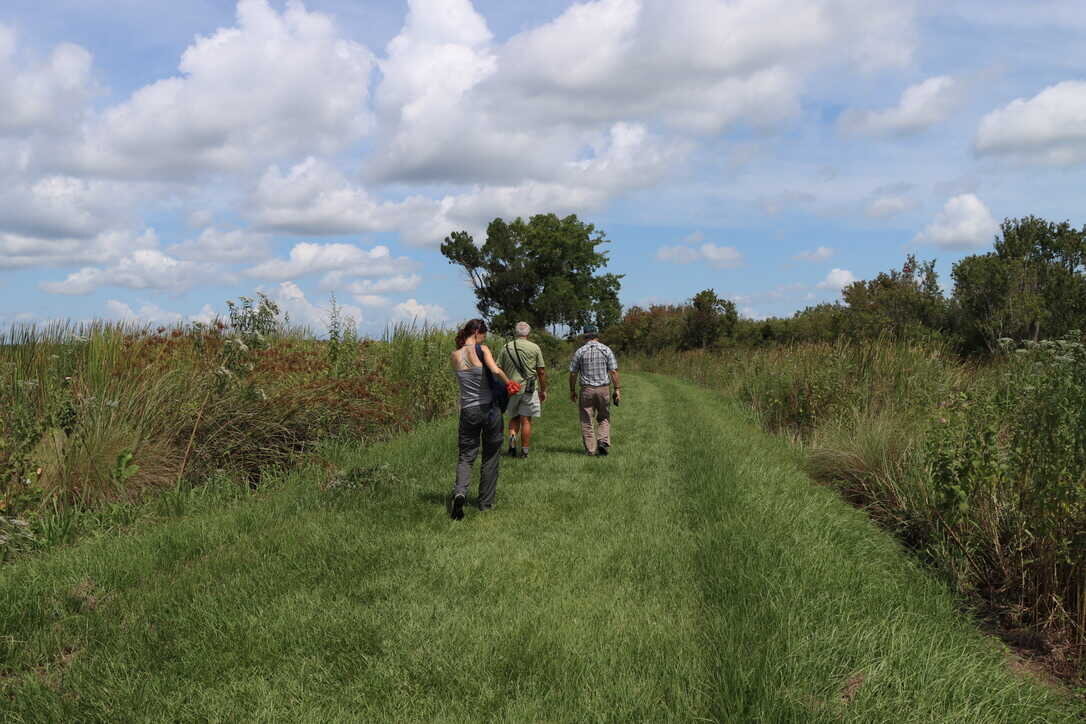
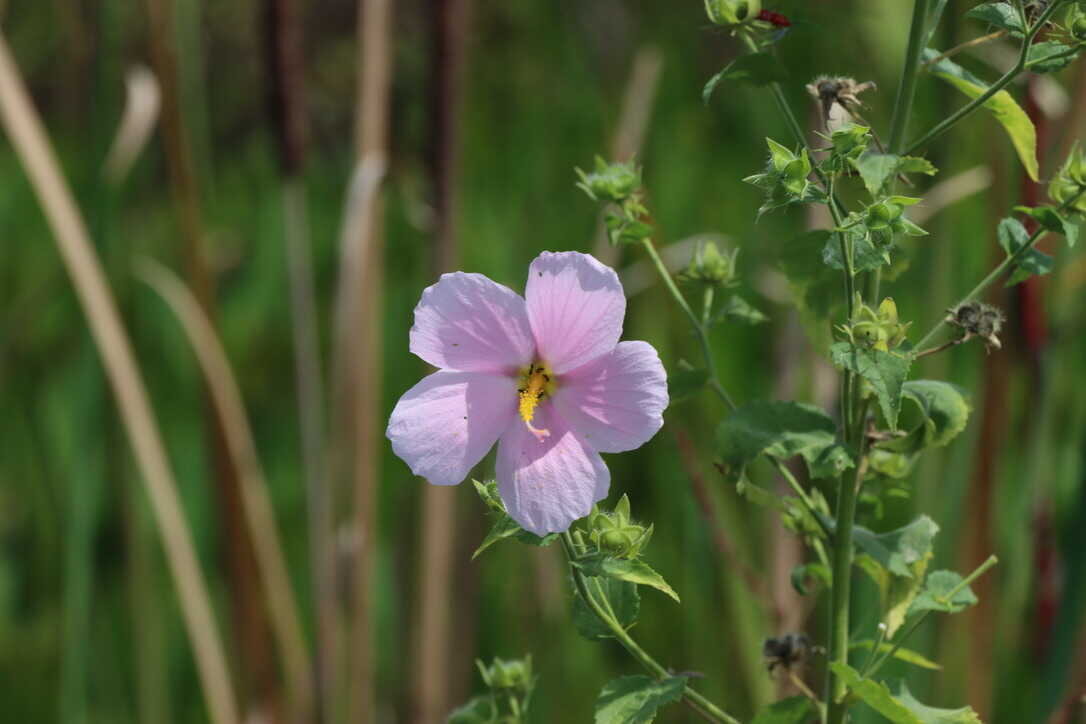
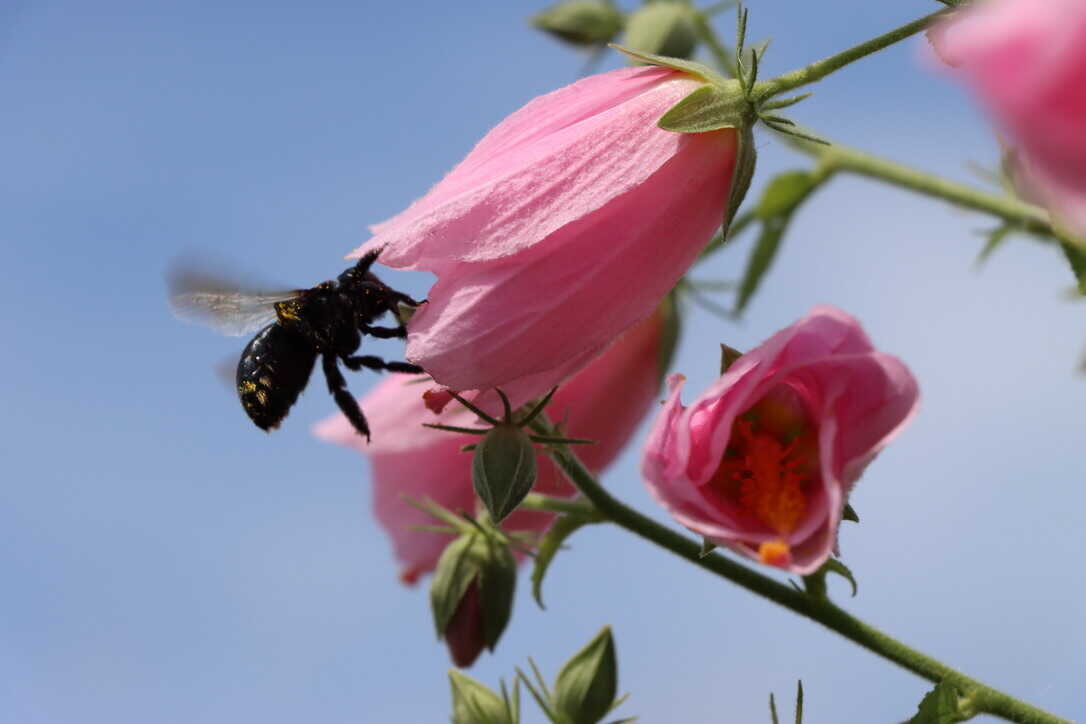
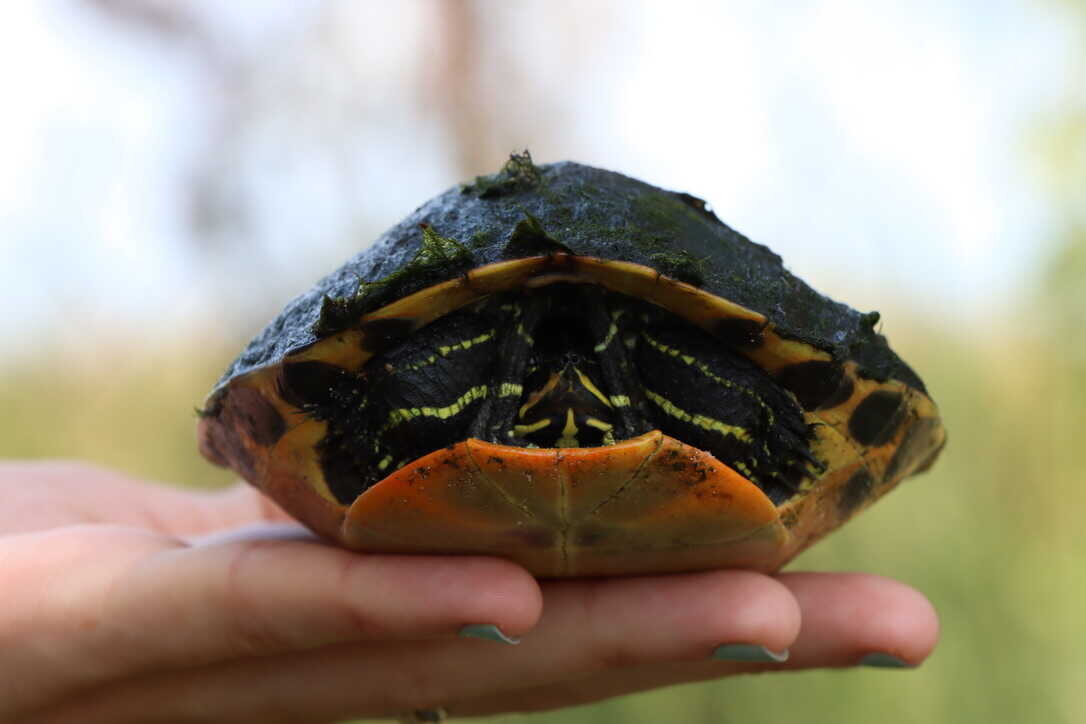
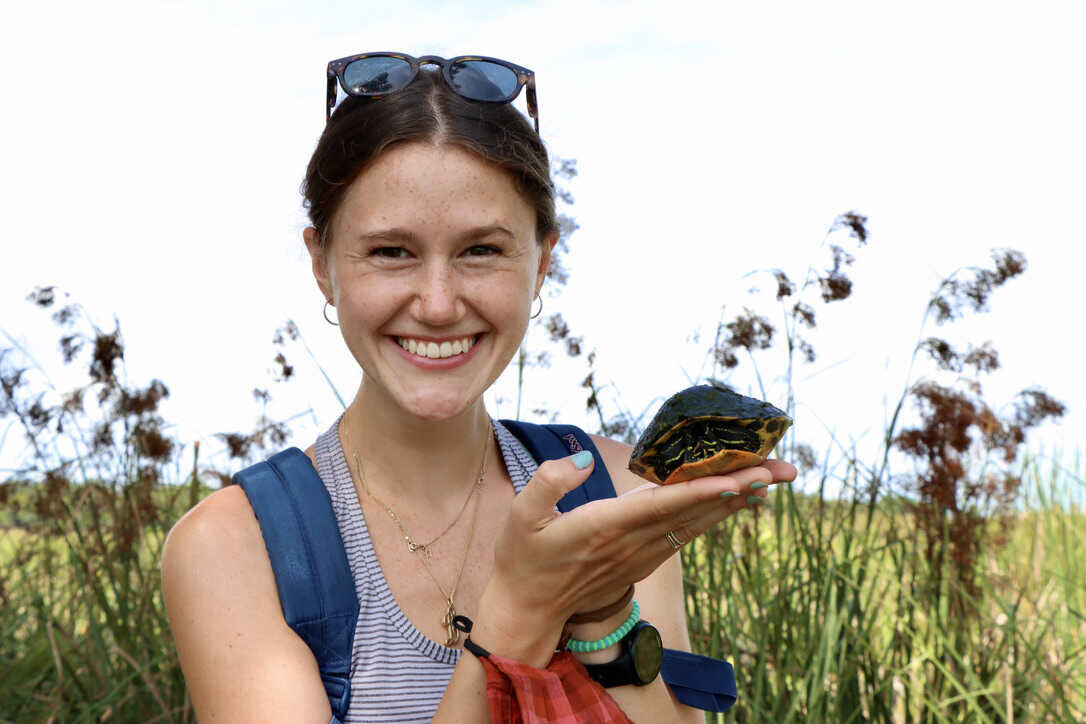
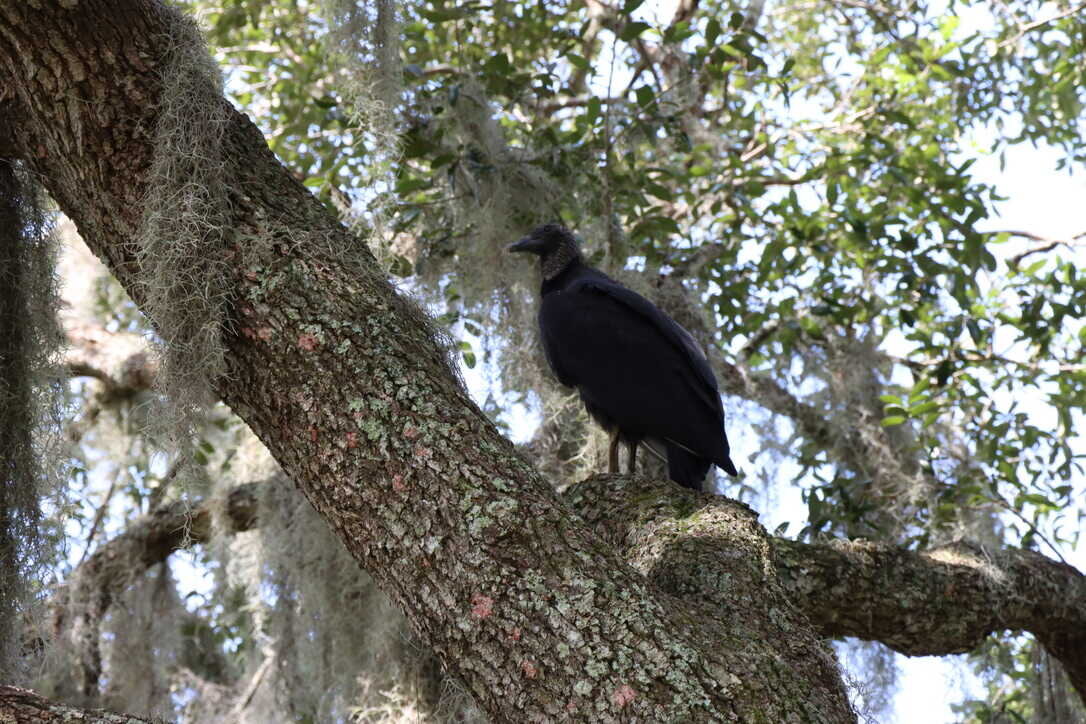
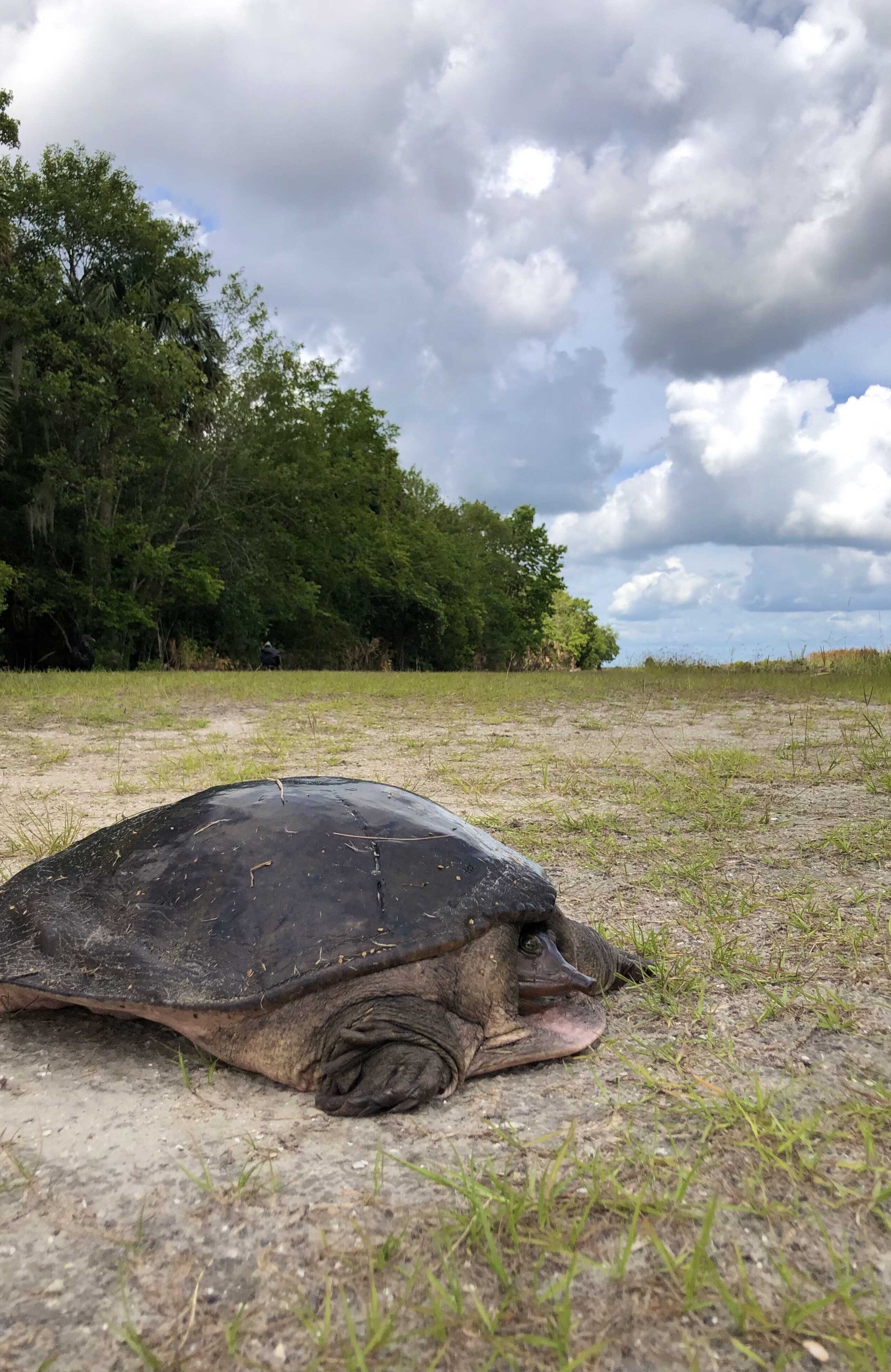
RARE SCRUB JAYS - OCALA NATIONAL FOREST
Following DeLeon Springs State Park was a place I fondly remember visiting with my dad during my spring break every year and the only place I’ve seen black bears in Florida -- Ocala National Forest. It’s also home to the state’s only endemic bird species (i.e., found exclusively in Florida), the Florida scrub-jay. It is federally listed as threatened and Ocala National Forest is home to the largest population. Throughout the forest are access points to various springs, swirling gems of crystal and emerald, an iconic feature of natural Florida and a cherished resource supporting people and wildlife.
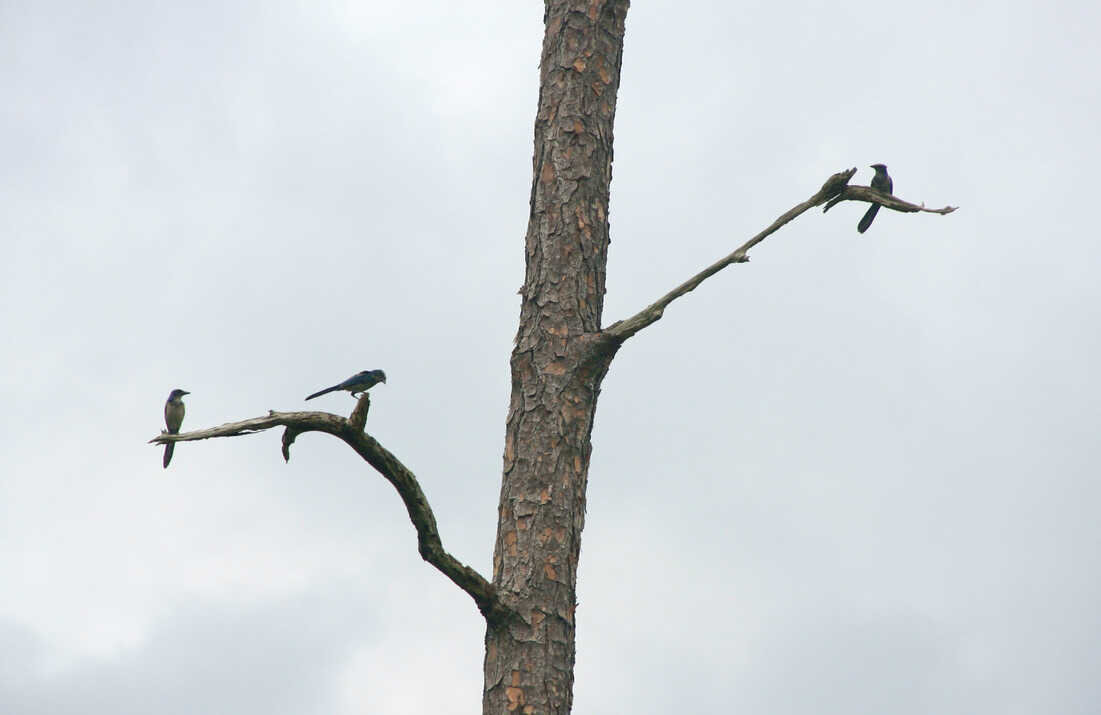
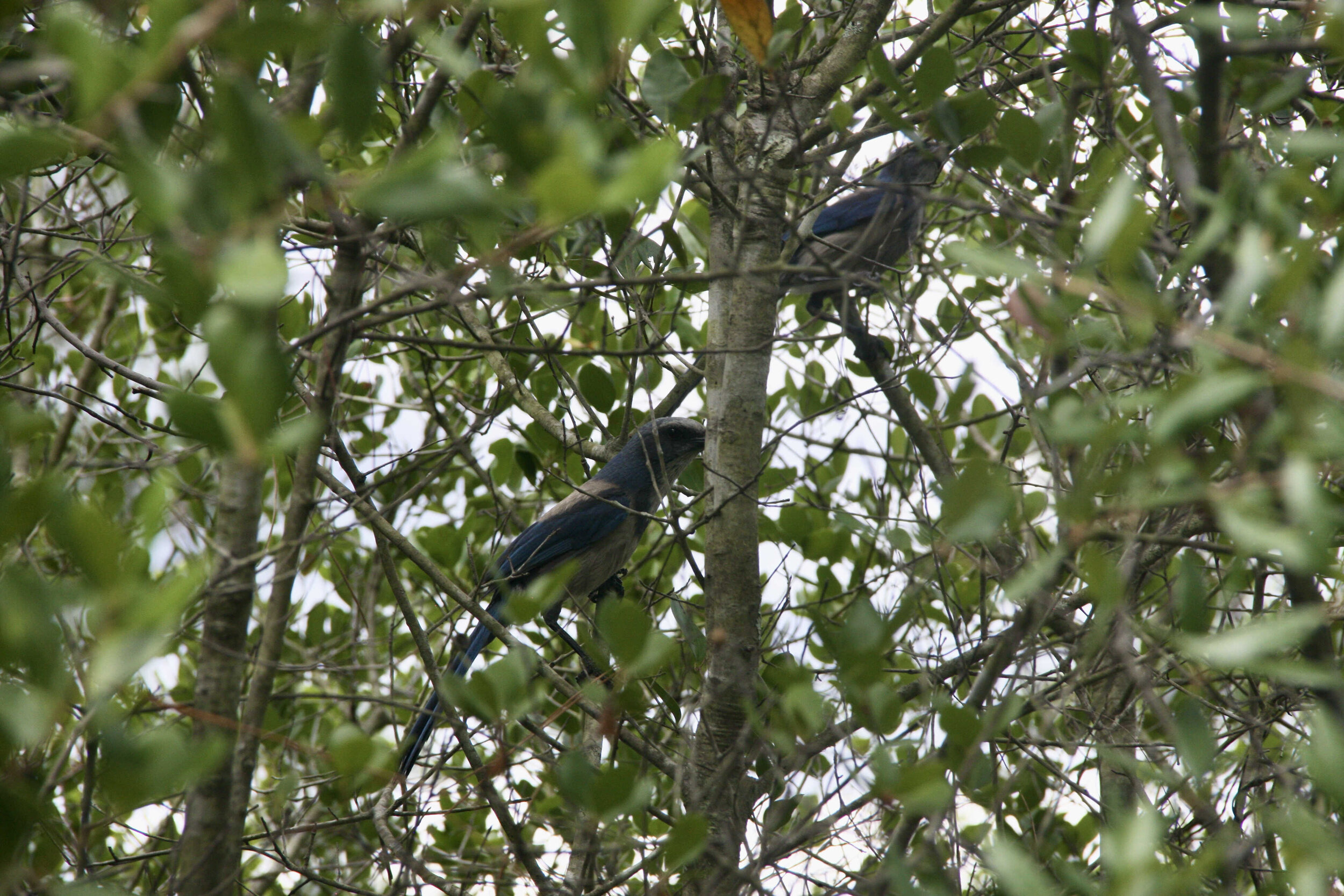
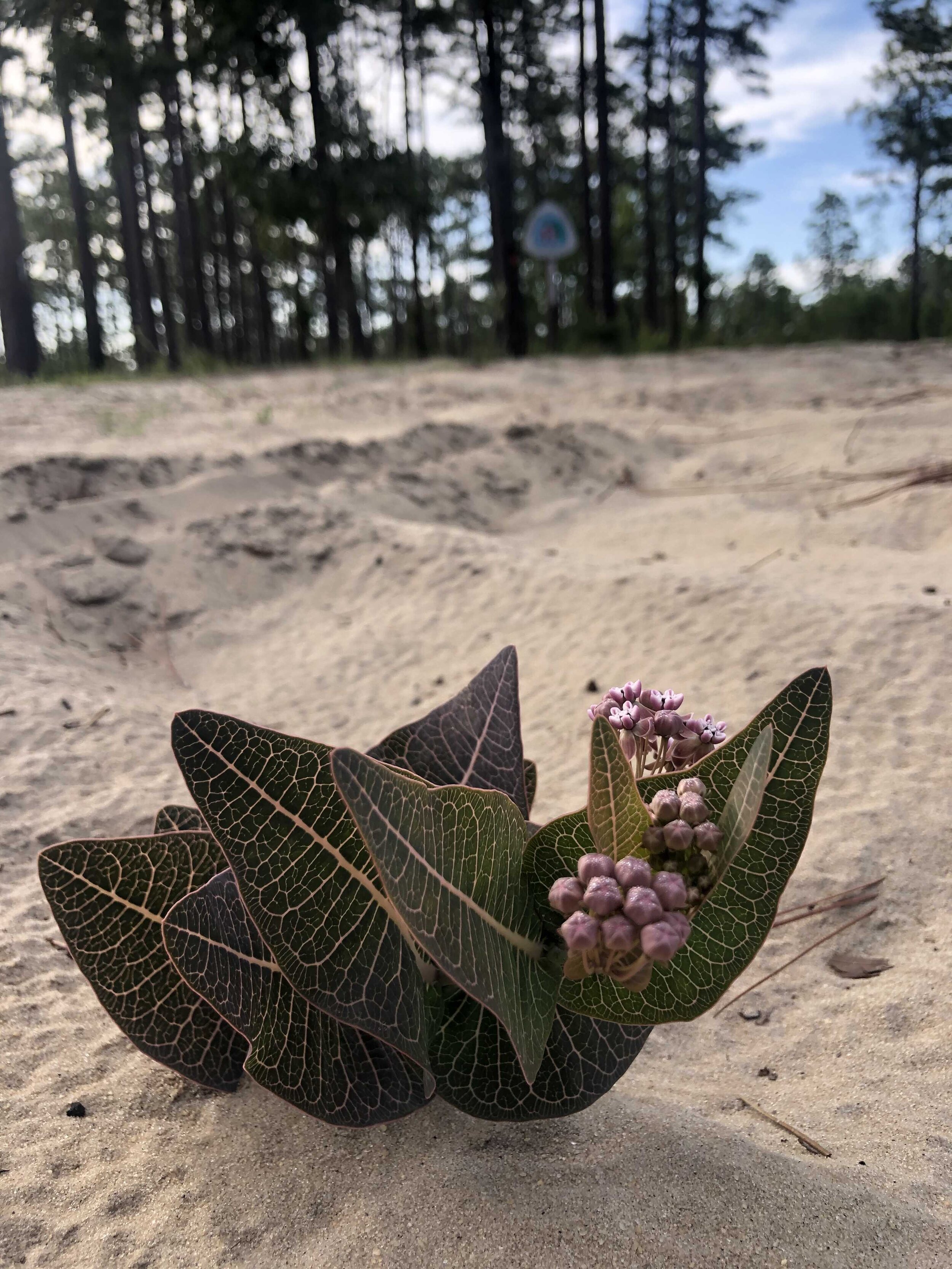
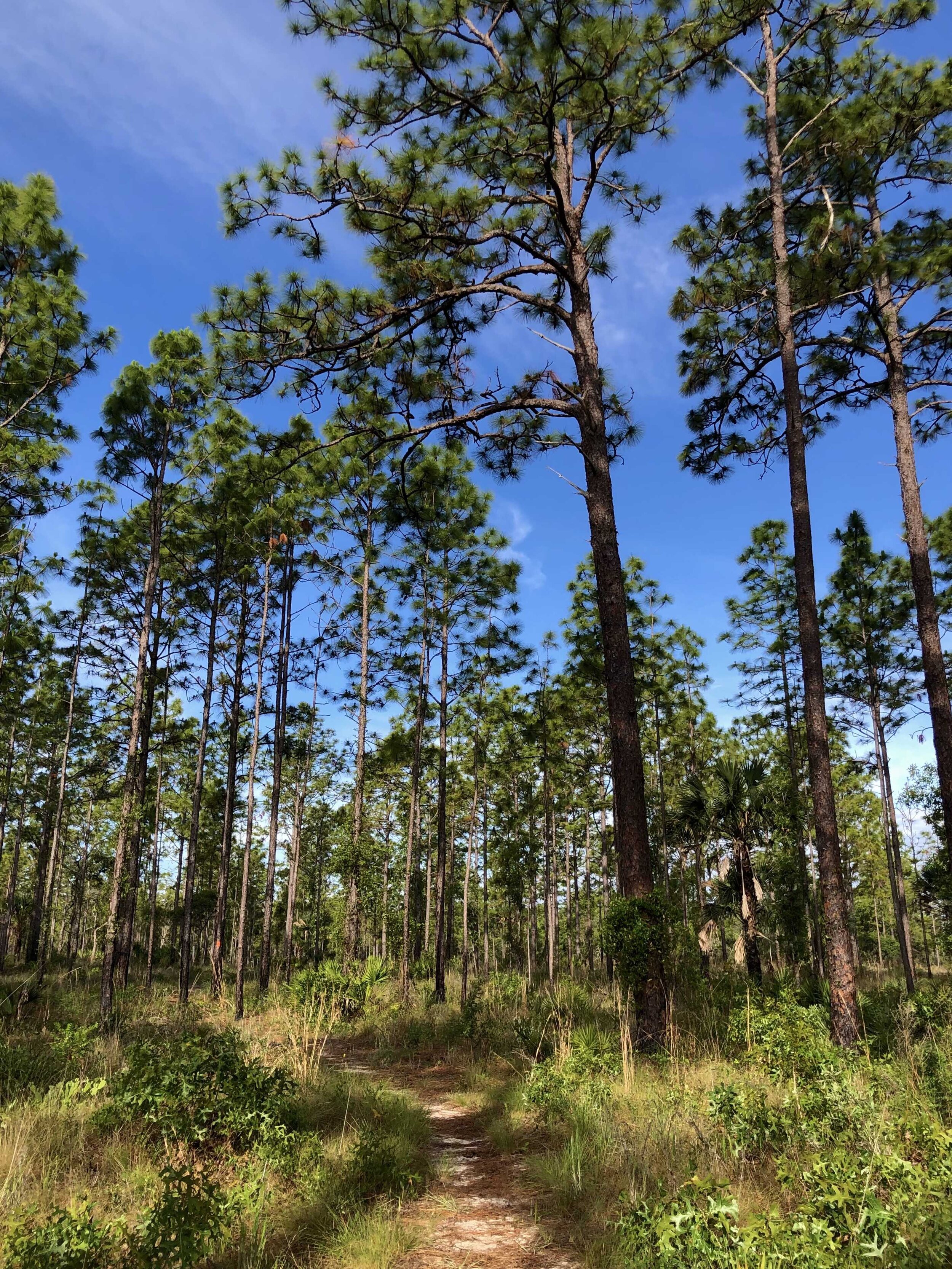

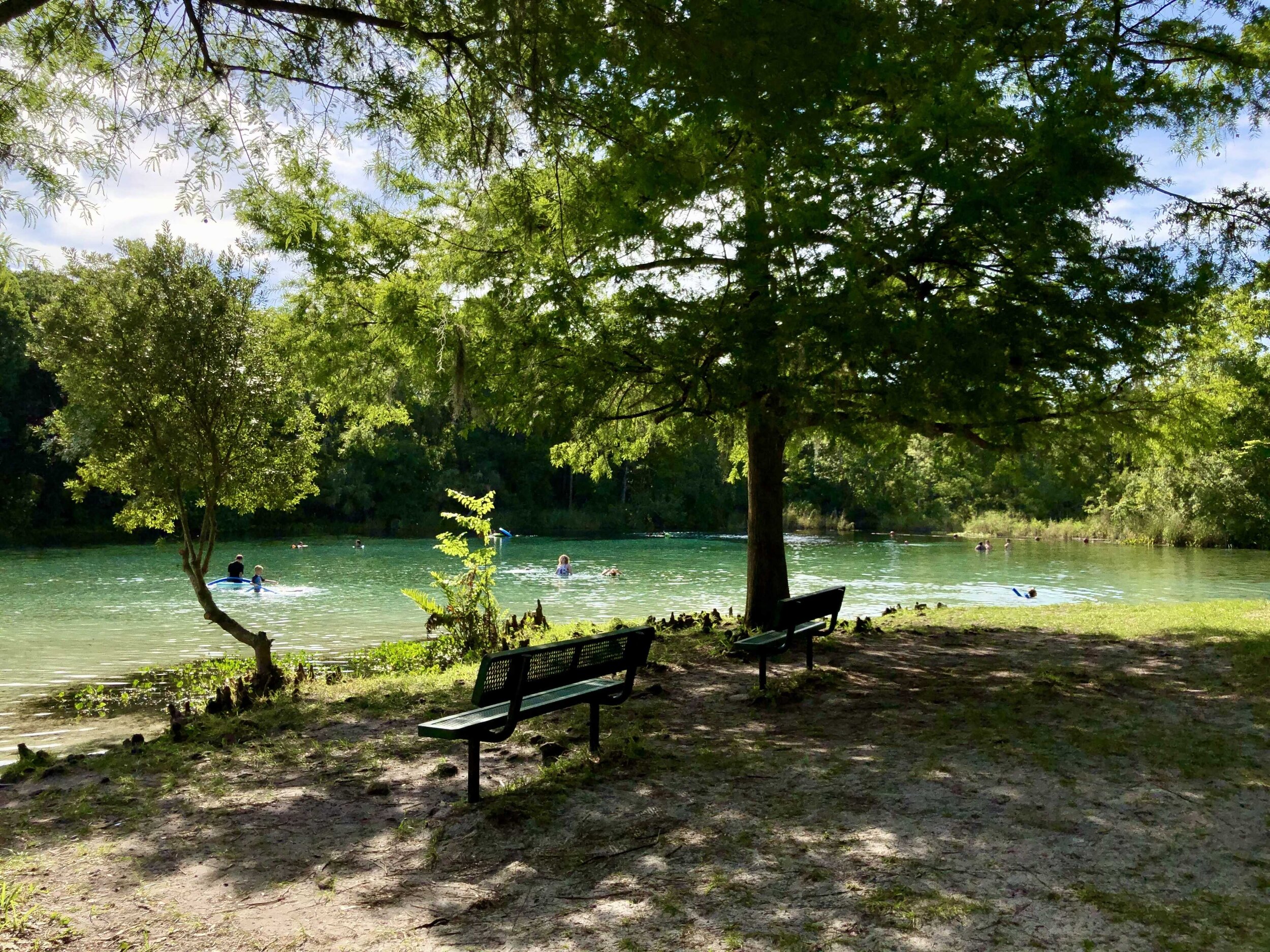

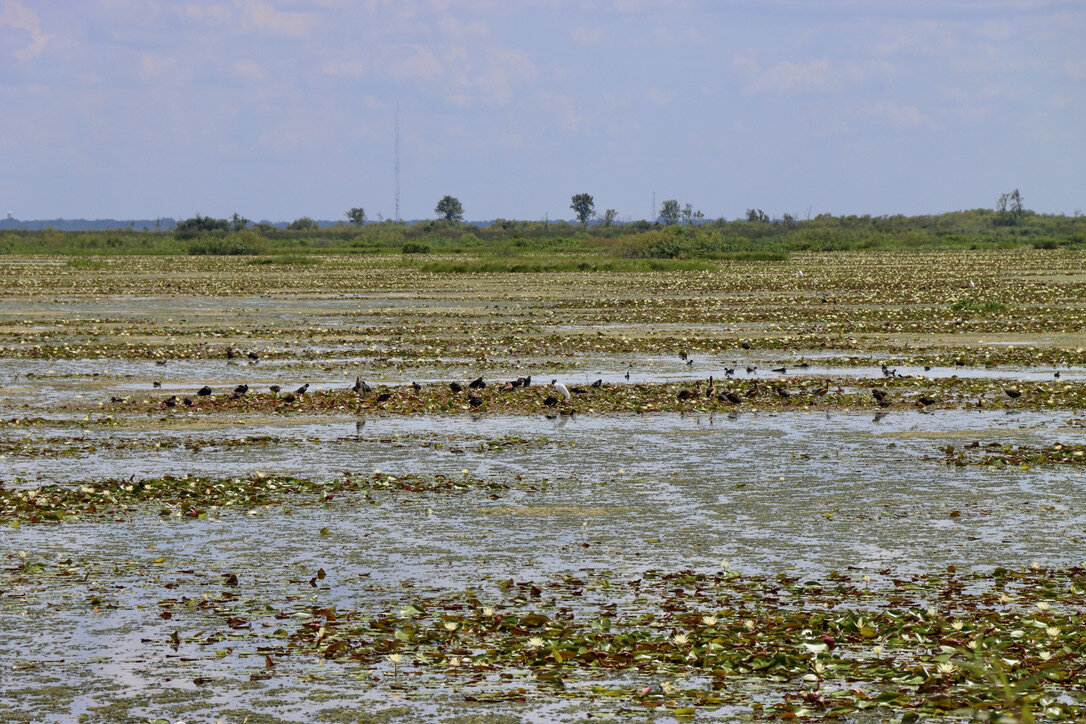

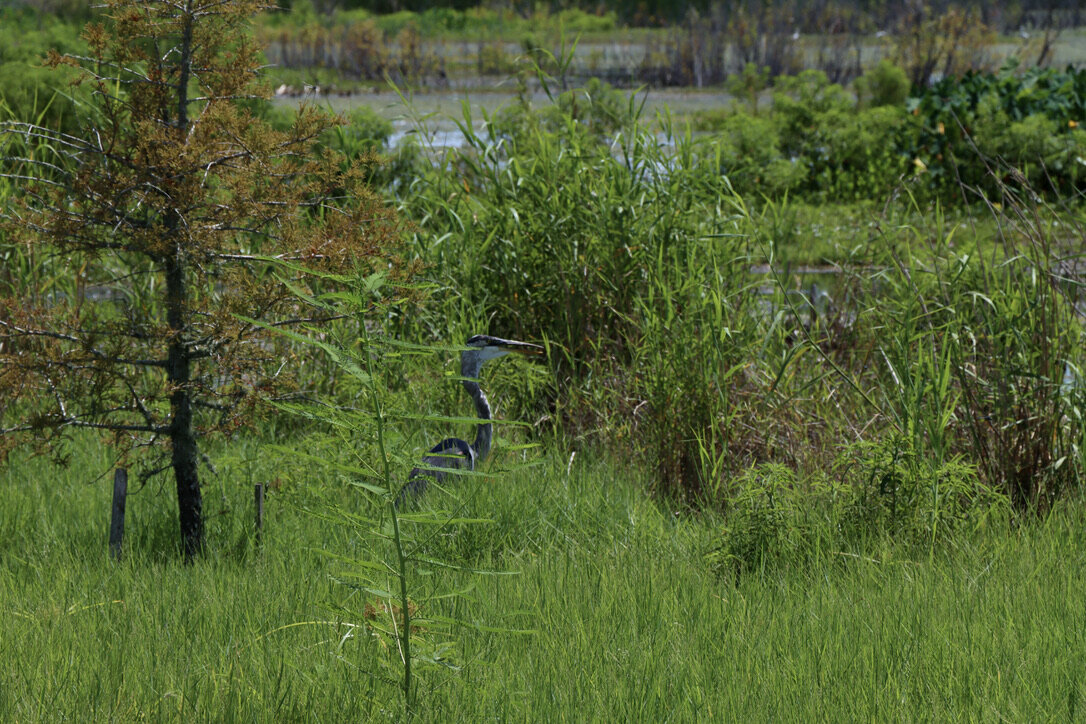
SPOTTING SECRETIVE MARSH BIRDS - LAKE APOPKA
We finished out our central Florida corridor tour with a Lake Apopka Wildlife Drive. This is a place that has never been on my radar but, WOW, I was glad it made it on our list. This 11-mile drive allowed us to get close views of large basking alligators and secretive marsh birds. I cannot wait to visit again in the winter when there will be a greater diversity of migrating birds.
PINKY THE FLAMINGO - ST. MARKS NATIONAL WILDLIFE REFUGE
For the last half of our tour, we headed to the Florida panhandle and our first stop here was a visit with Pinky the flamingo at St. Marks NWR. It is likely that Pinky is from the Yucatan Peninsula and “hitched a ride” to Florida from Hurricane Michael. We spotted Pinky at a great distance so, unfortunately, we don’t have great photos, but what a cool experience to see a flamingo in the wild! This refuge was established with migratory birds in mind and the stunning prehistoric scenes are forever etched in my memory.
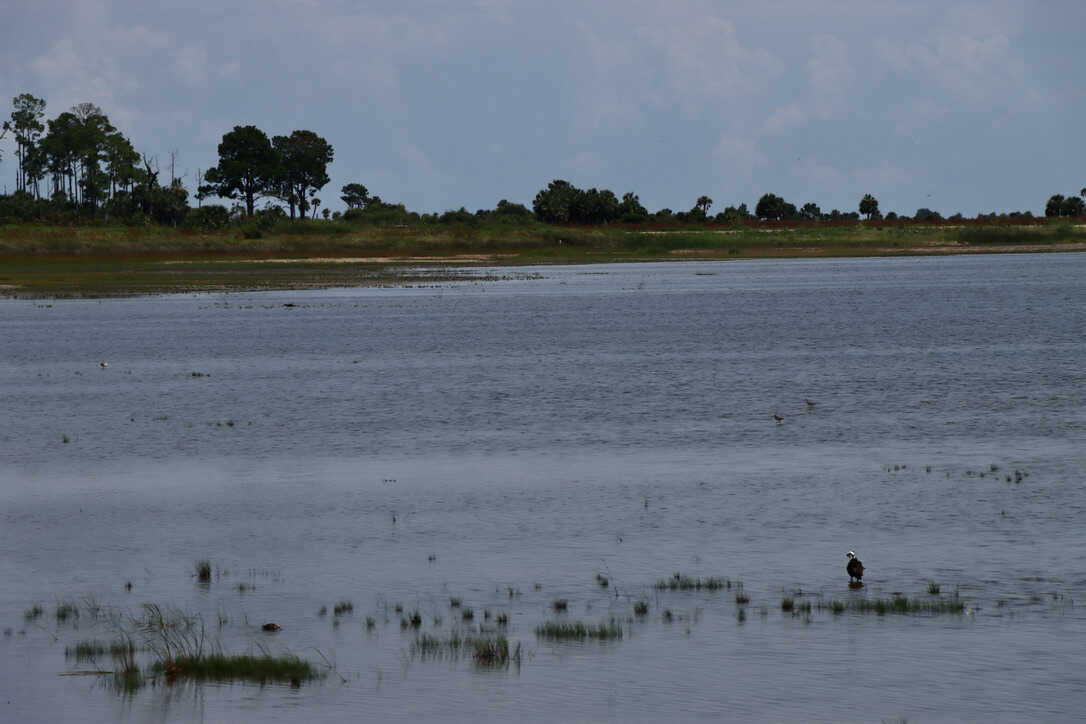
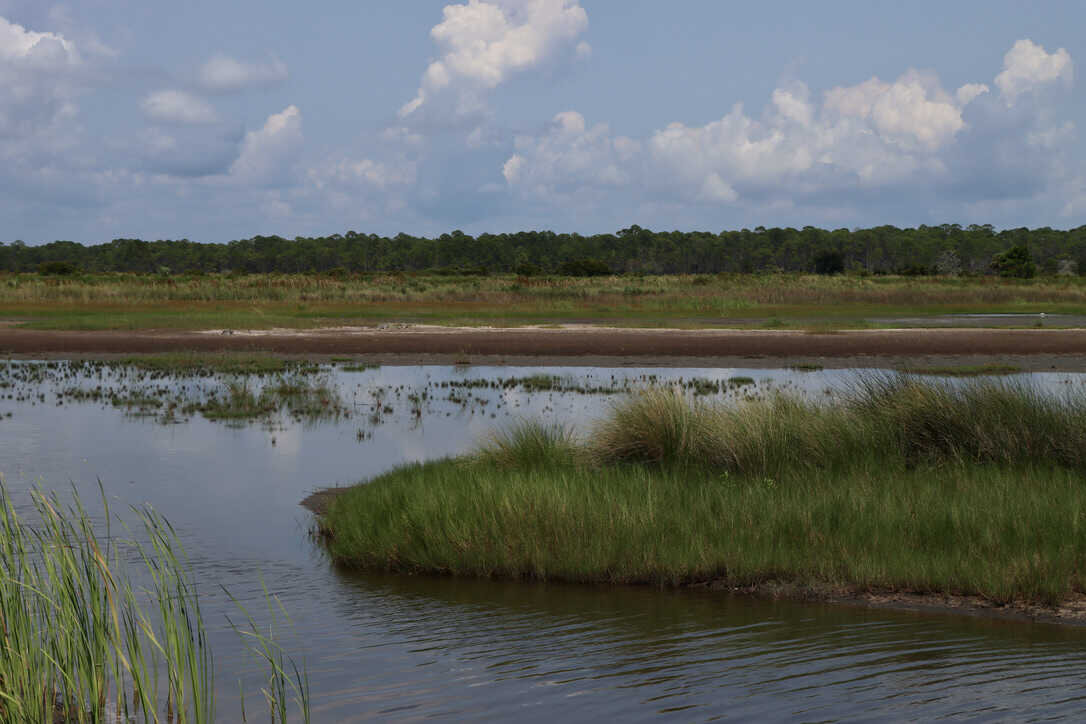

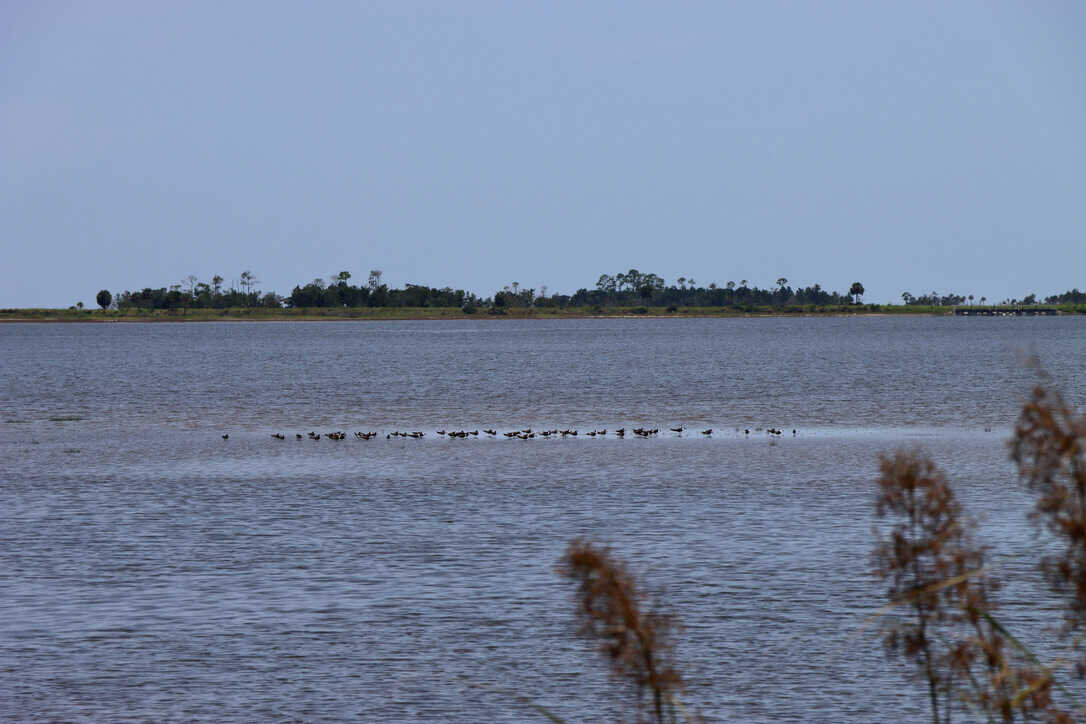
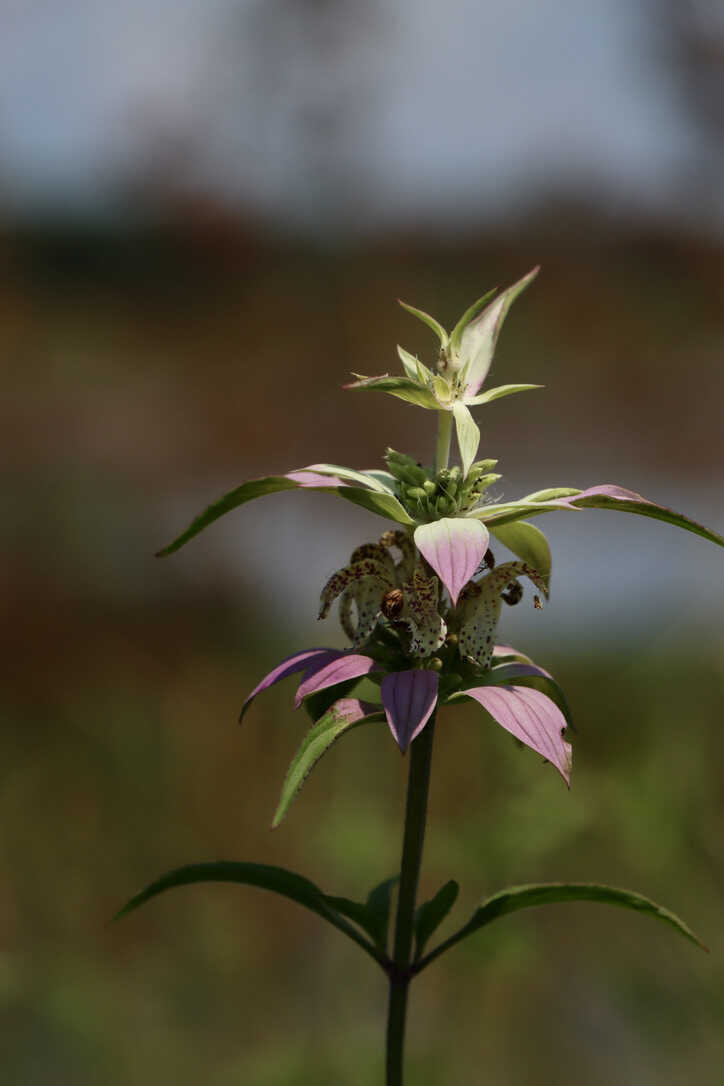
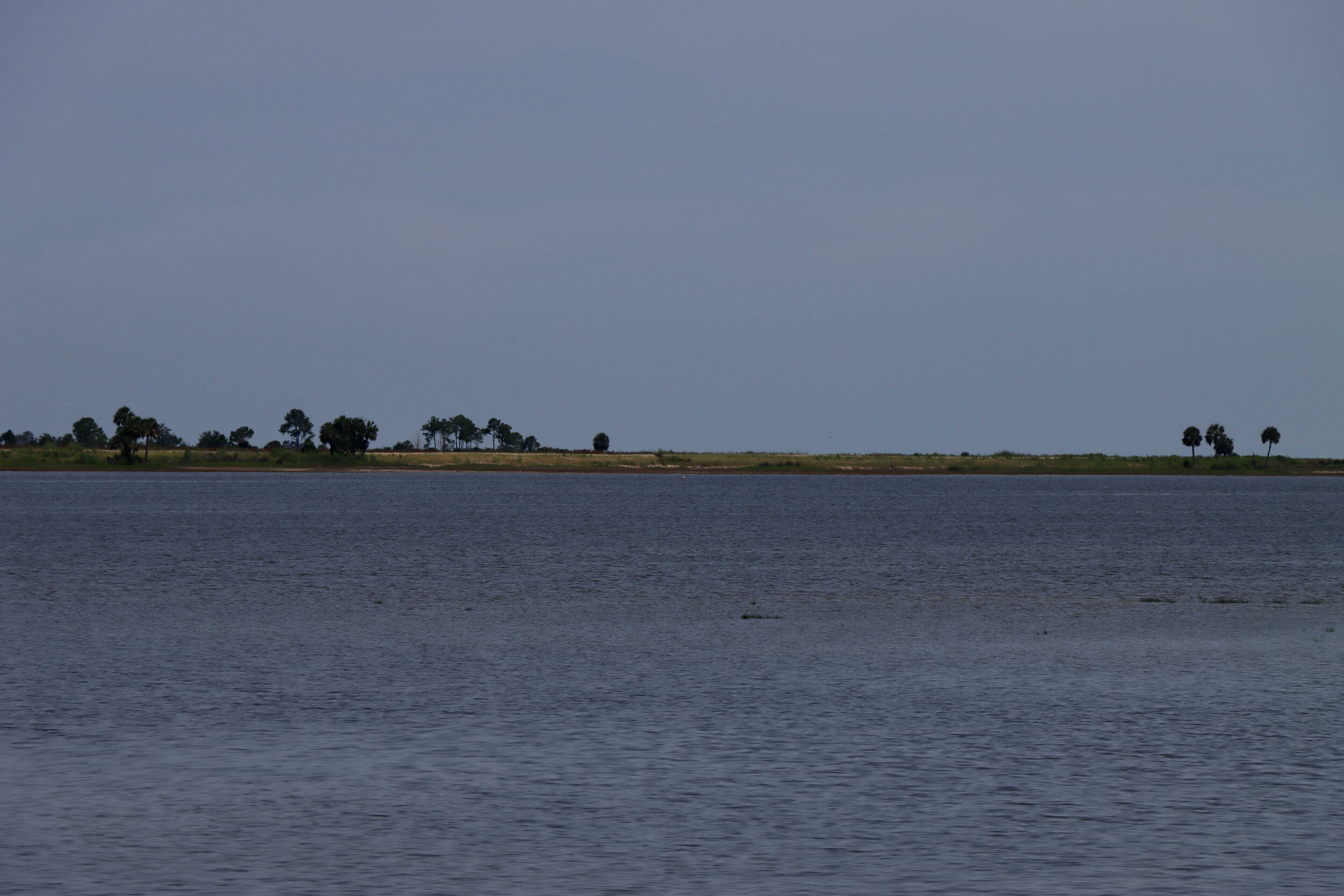
PHOTOGRAPHING CARNIVOROUS PLANTS - APALACHICOLA NATIONAL FOREST
Our next stop was Apalachicola National Forest, home to the largest population of carnivorous plants in the state. These plants are found in low nutrient sandy soils so they have adapted to obtaining nutrients from insects. Standing among the vast areas of yellow and red towering over a sea of tall grass throughout the bog was the highlight of the trip for me.
TRACKING RED WOLVES - ST. VINCENT NATIONAL WILDLIFE REFUGE
Did you know that Florida has wolves? Our final stop, St. Vincent NWR, has been a breeding ground for endangered red wolves who once roamed throughout Florida and the rest of the southeastern US. There are now fewer than 20 red wolves in the wild, most of which live in Alligator River NWR in North Carolina. St. Vincent NWR is currently home to two wolves who have full roaming rights on the island. We knew the chances of spotting the wolves were slim, but we did find their tracks along the beach! This combined with spectacular views, bird watching, and a refreshing dip in the Gulf made for a perfect ending to our corridor tour.
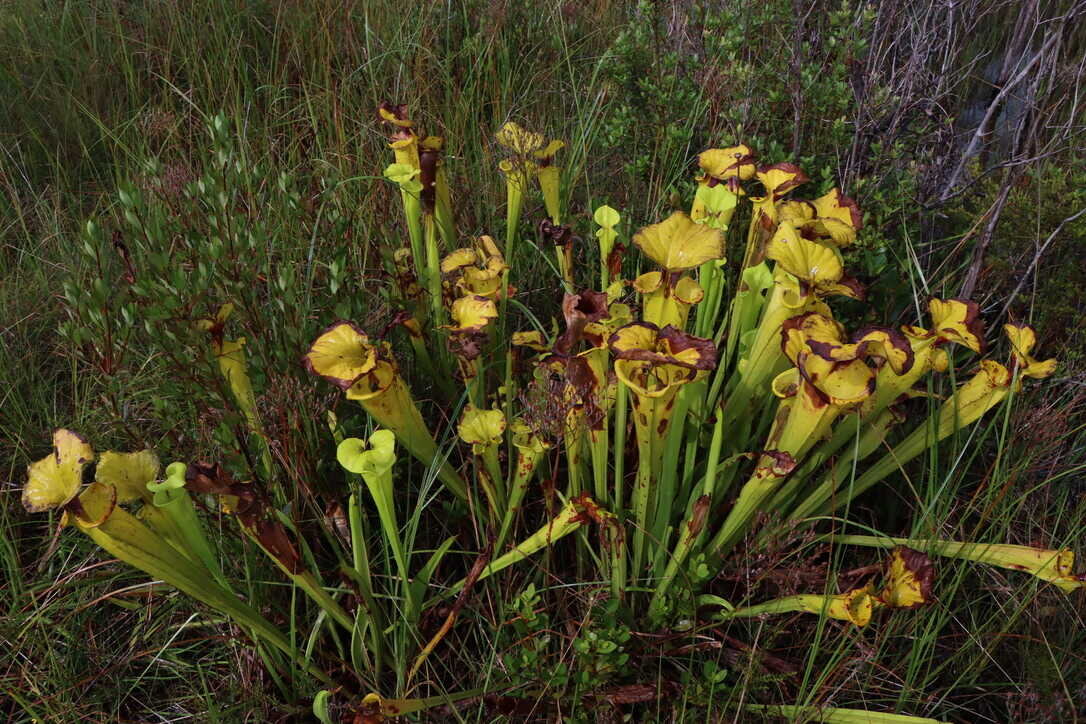
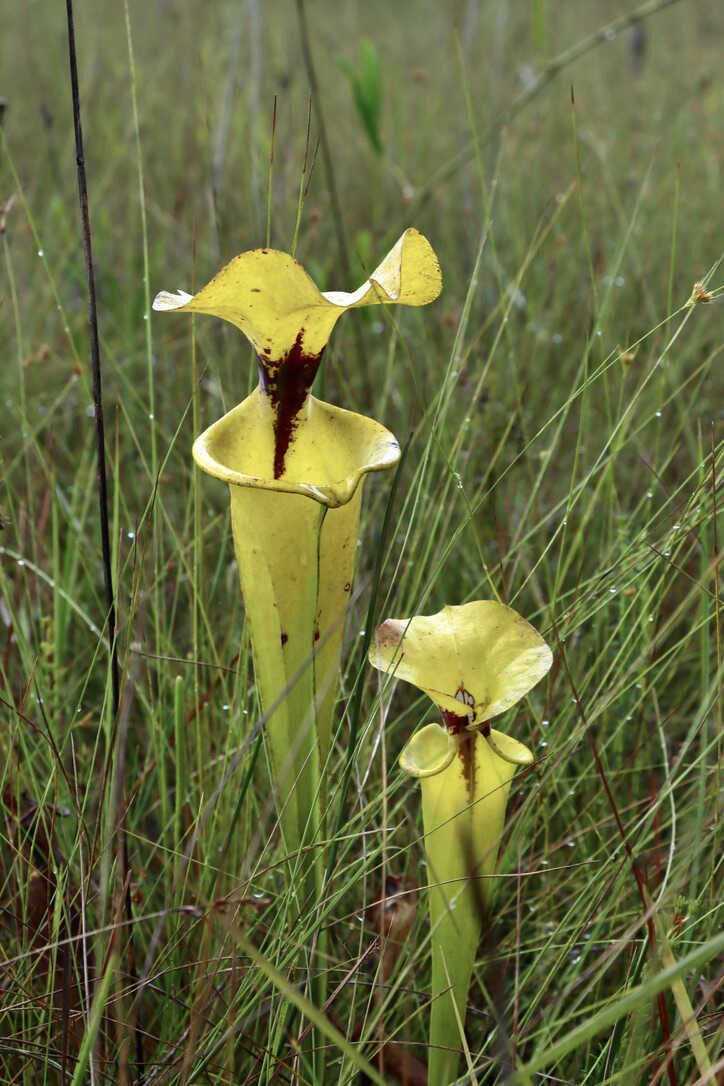
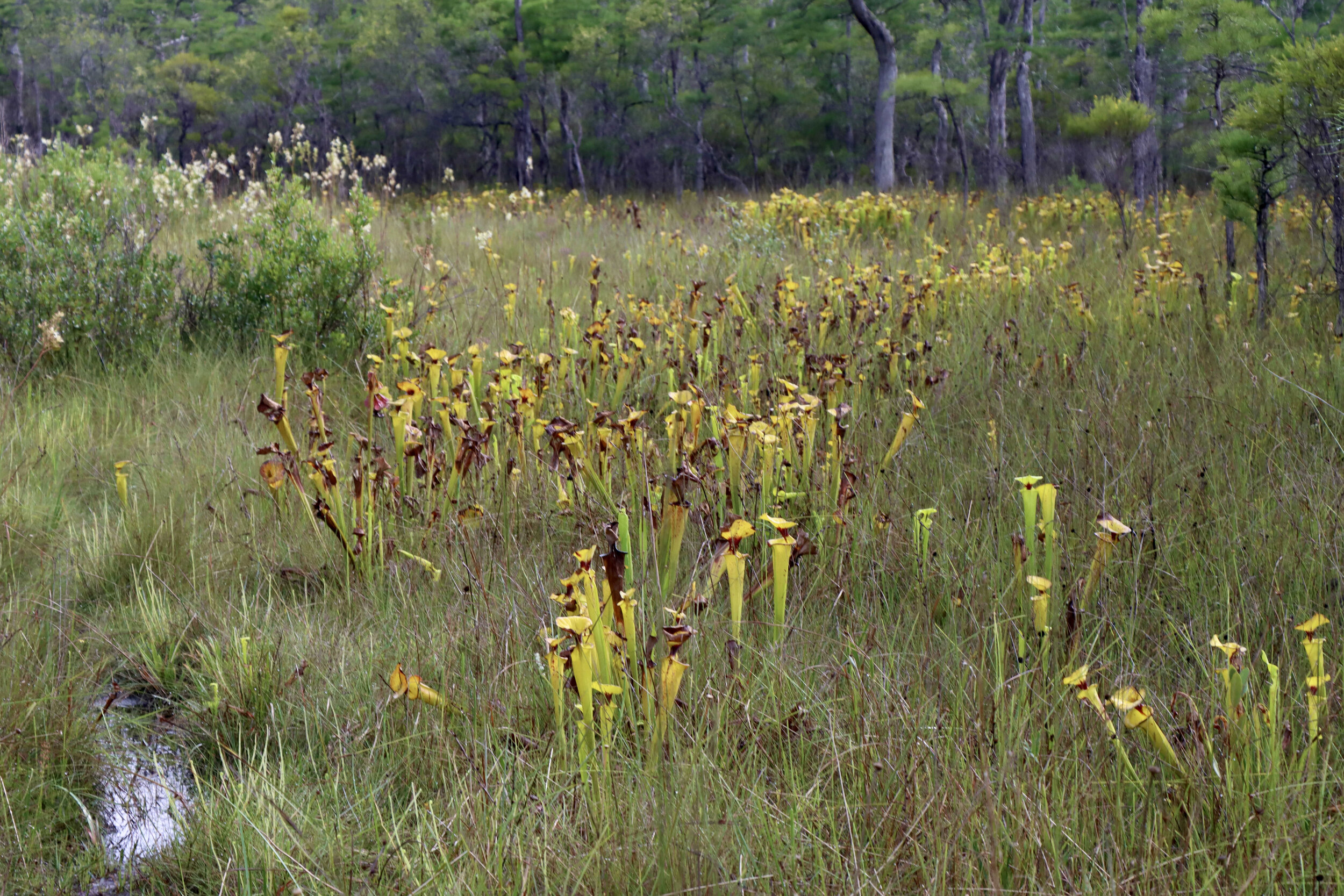
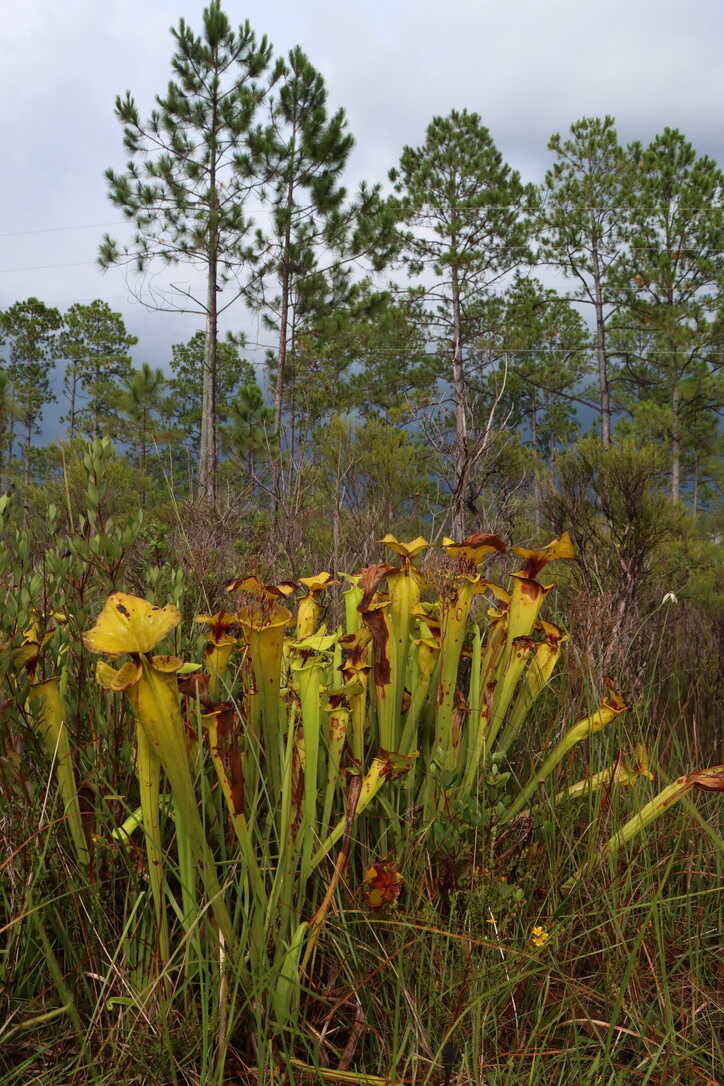
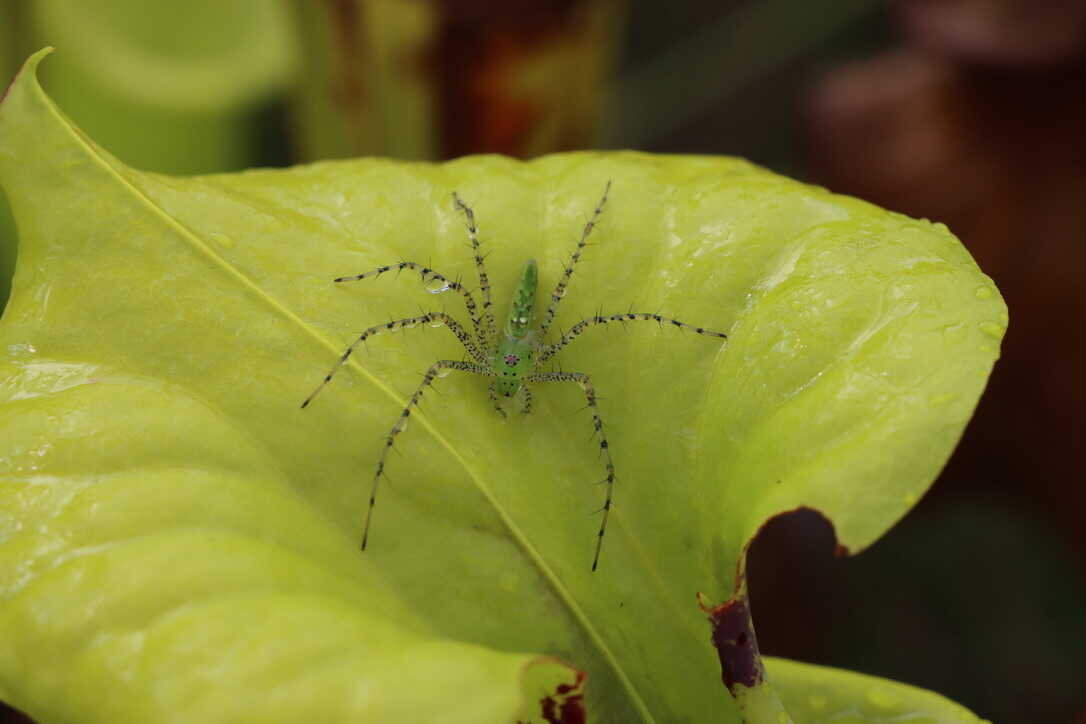
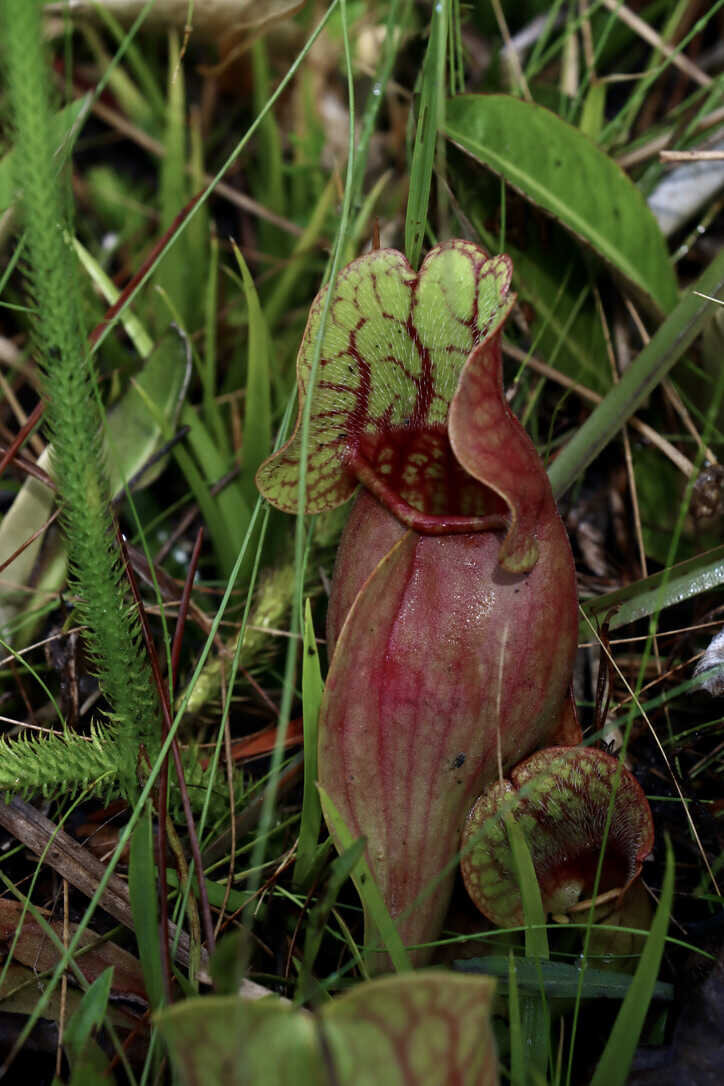
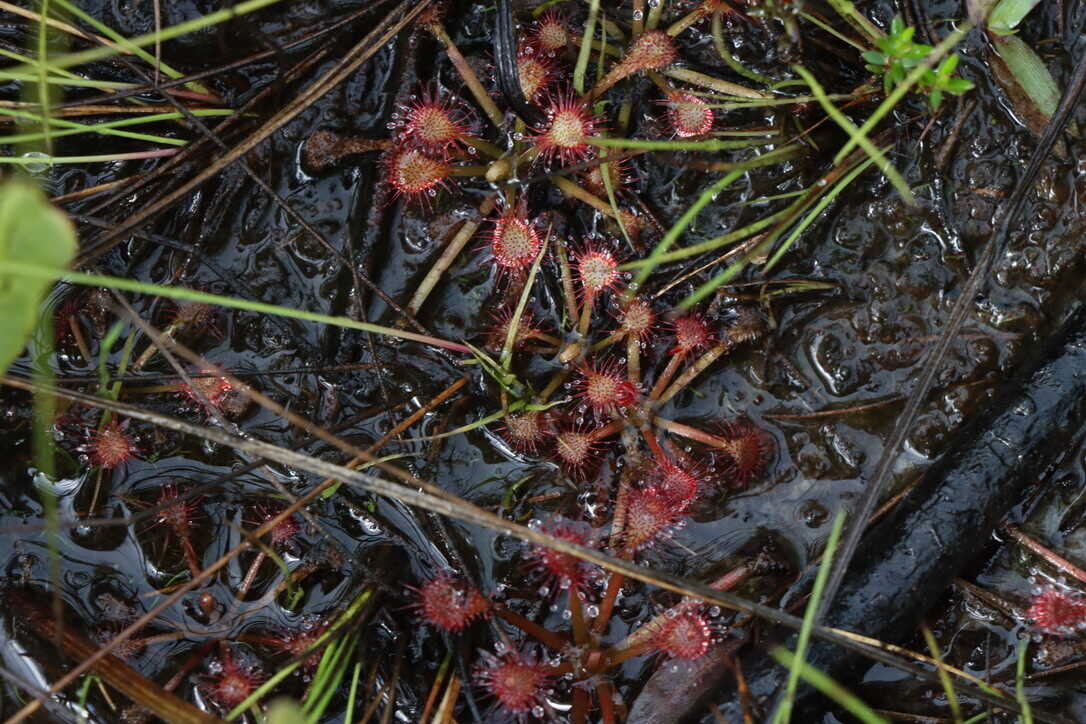


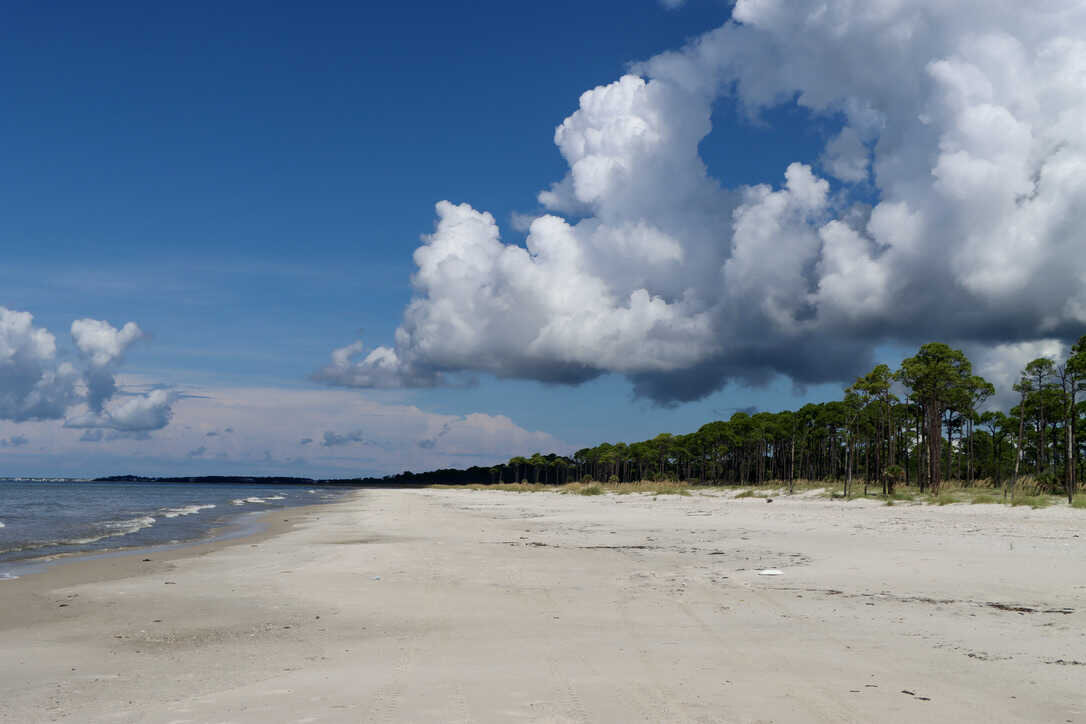
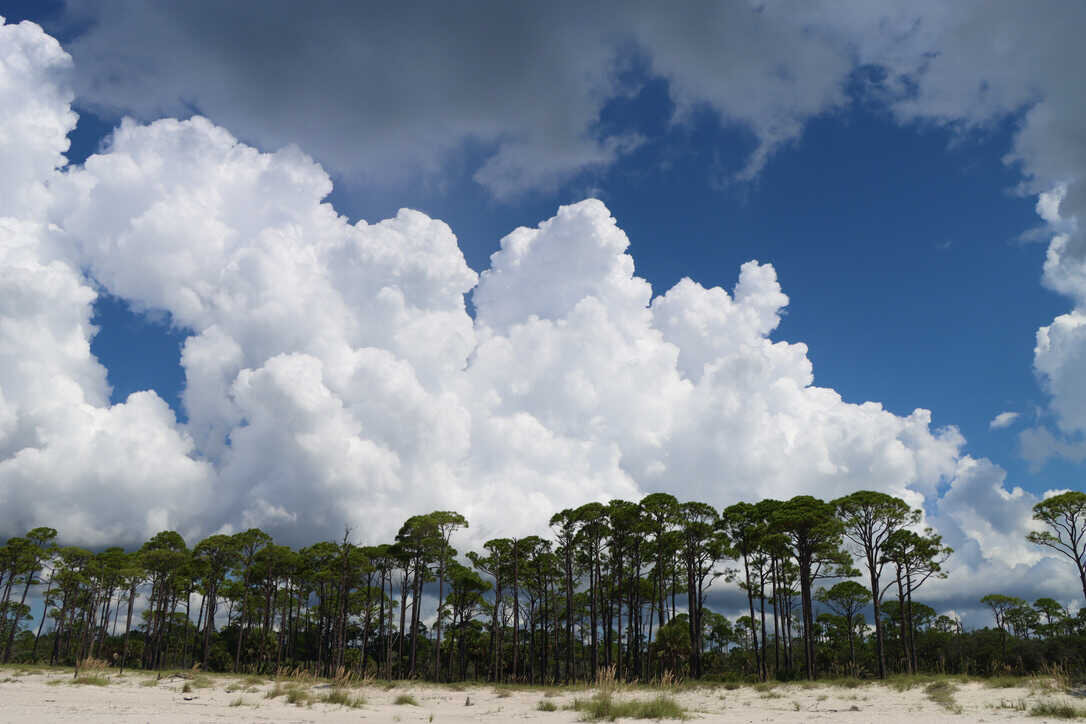
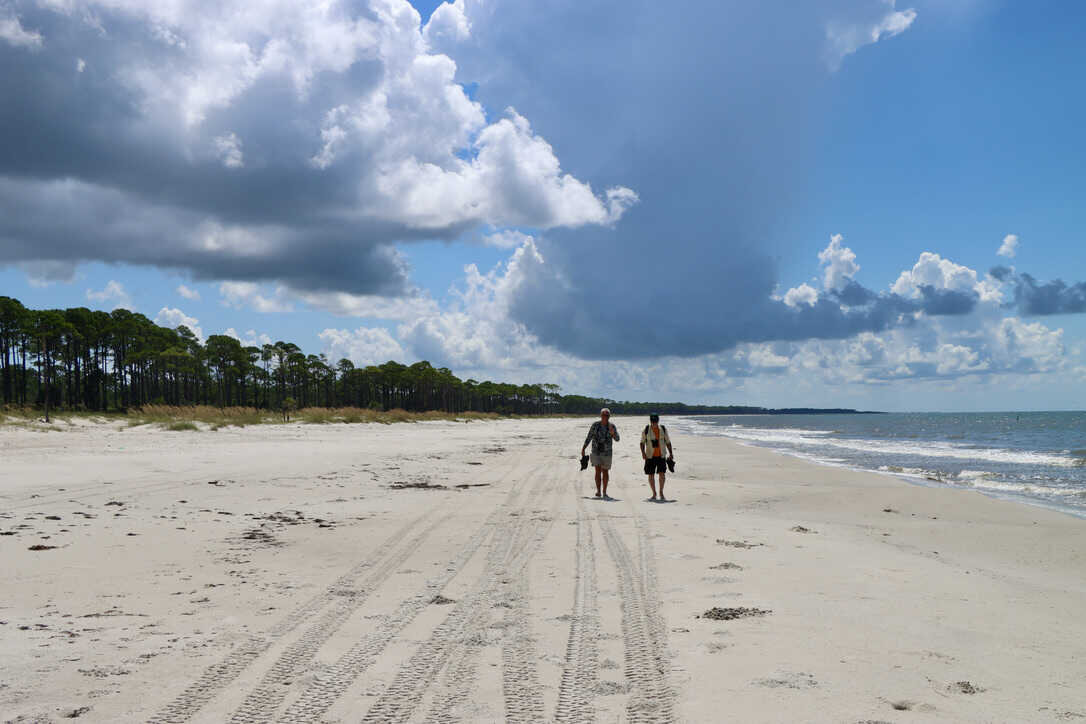
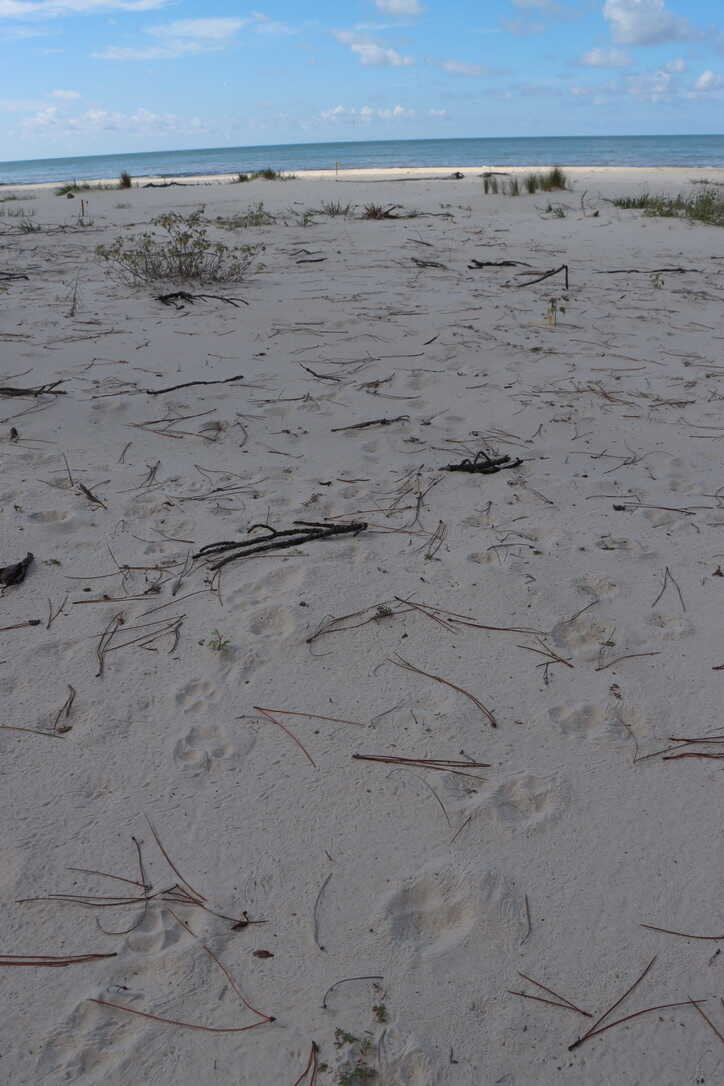
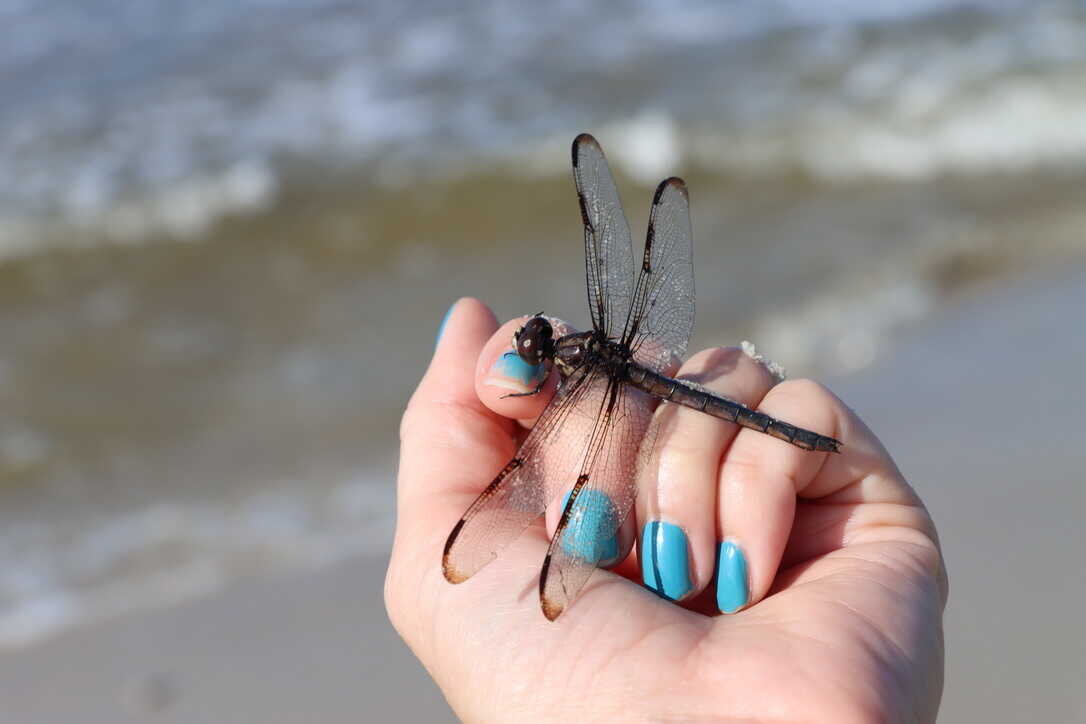

THE NEED FOR WILDLIFE CORRIDORS
All animals need to be able to move around or otherwise get from Point A to Point B. These movements could be for a variety of reasons, like finding mates, establishing new territory, or finding prey. No matter the reason for the movements, these animals need suitable habitat to travel through. In this day and age, there are a few additional reasons why animal movements are important: they allow species to shift in response to urban development pressures, rising sea levels, and a changing climate. I hope at this point I have convinced you of the importance of connecting protected lands via natural corridors. The issue may be even more important in Florida, as wildlife movements are already confined by the state being a peninsula. While we often hear about Florida’s rapid development, the state has a long and admirable history when it comes to protecting conservation land and now Florida is helping to leave the path unpaved.
Ventures within the Florida Wildlife Corridor will be a regular feature in the WildLandscapes news feed.
Amanda Hipps is WildLandscapes Director of Communications. Amanda is a conservationist and science communicator who has conducted research and helped people appreciate the importance and value of conserving landscapes. Born and raised in Florida, she has a passion for protecting Florida’s wildlife and preserving the states wild landscapes.


